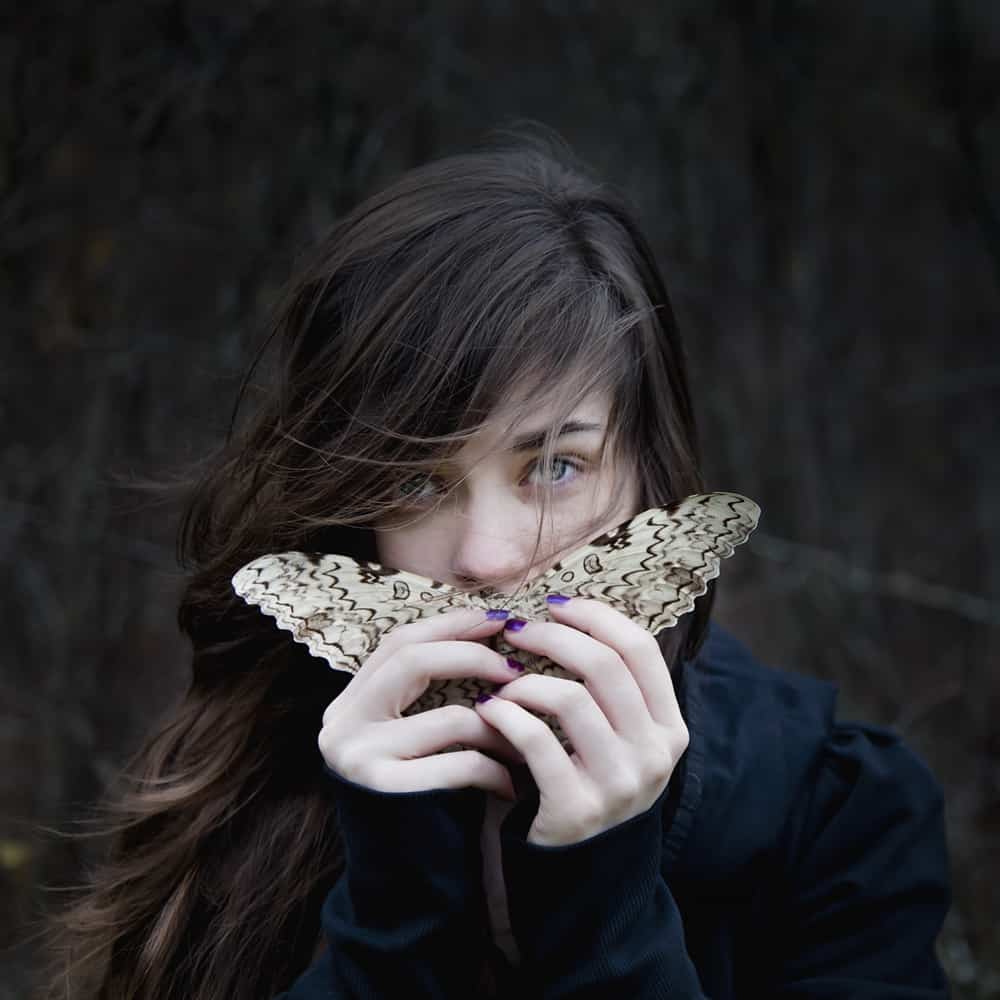Interview 049 • Jul 20th 2016
- Interview by Lou Noble, Self-Portrait by Cig Harvey
About Cig Harvey
The photographs and artist books of Cig Harvey have been widely exhibited and remain in the permanent collections of major museums and collections, including the Museum of Fine Arts, Houston, Texas; the Farnsworth Art Museum, Rockland, Maine; and the International Museum of Photography and Film at the George Eastman House, Rochester, New York. Cig began working in a darkroom at thirteen and has been dedicated to photography ever since.
Cig lives in a farmhouse in the Midcoast of Maine with her husband Doug (who has the profile of an emperor on a Roman coin), their wayward daughter Scout, and Scarlet the dog (the original baby). The slow passing of time and the natural surroundings of her rural home has made her alert to the magic in the mundane.
Links
Foreword
There are times where authenticity cuts through the muck, slicing through the sea of photography we're bombarded with everyday. Cig Harvey's work exudes effortless creativity. It exists the way you and I breathe. We sat down with Cig to chat about her creative intent, how she keeps the fire going, and personal paths to fulfillment.
This interview has been edited for clarity and content.
Interview
I was, actually just before this looking at a lecture you had done, I think earlier in the year, where you were talking about a lot of your earlier work was kind of a catharsis for things you were going through. How do you think your work has changed now that, I mean, I’m assuming you’re going, a nice spot in Maine, and you know, you’ve got the partner and a kid. Is it still catharsis? How has that changed?
Okay, so were you listening to the SVA talk?
Yeah, that was it.
I believe, this is sort of jumping into the thick of it.
This is what we do!
Great! So I believe that photography…if you just pick up your camera, anyone picks up their camera and goes out and photographs, you never go to the same places. Our pictures are going to look very different because of our concerns and what we sort of carry with us. So somehow, without being conscious, it’s mirrored in your contact sheets.
Right.
All your hopes and fears, metaphorically, come out. So for me, I believe that there are two ways that people photograph, this is through observation, just my thoughts on it: that people either photograph directly as a mirror of what they’re going through, so they’re drawn to certain things that they’re going through. Or photography provides this balance, the opposite. For me, at my darkest times, or times where personally I’ve been sort of struggling, my pictures never looked more beautiful. So photography became this place to escape to. Then, you know, when I’m at this period of my life where my life is very full, I feel like this is not a dark time in my life personally. I feel like my pictures then explore sort of darker themes, or braver themes. So photography has often been a form of escapism in many ways, for me.
Yeah.
I see it a lot in my students’ work, too, so it’s just an interesting observation.
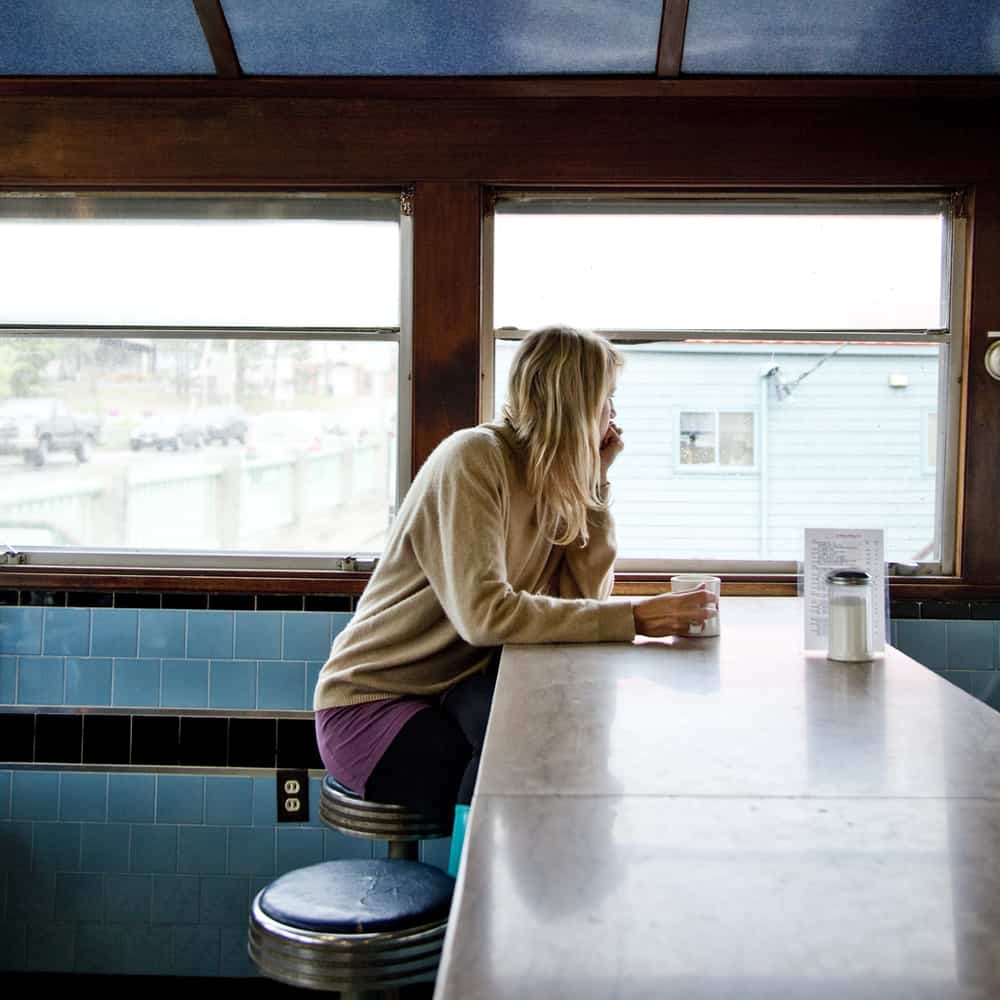
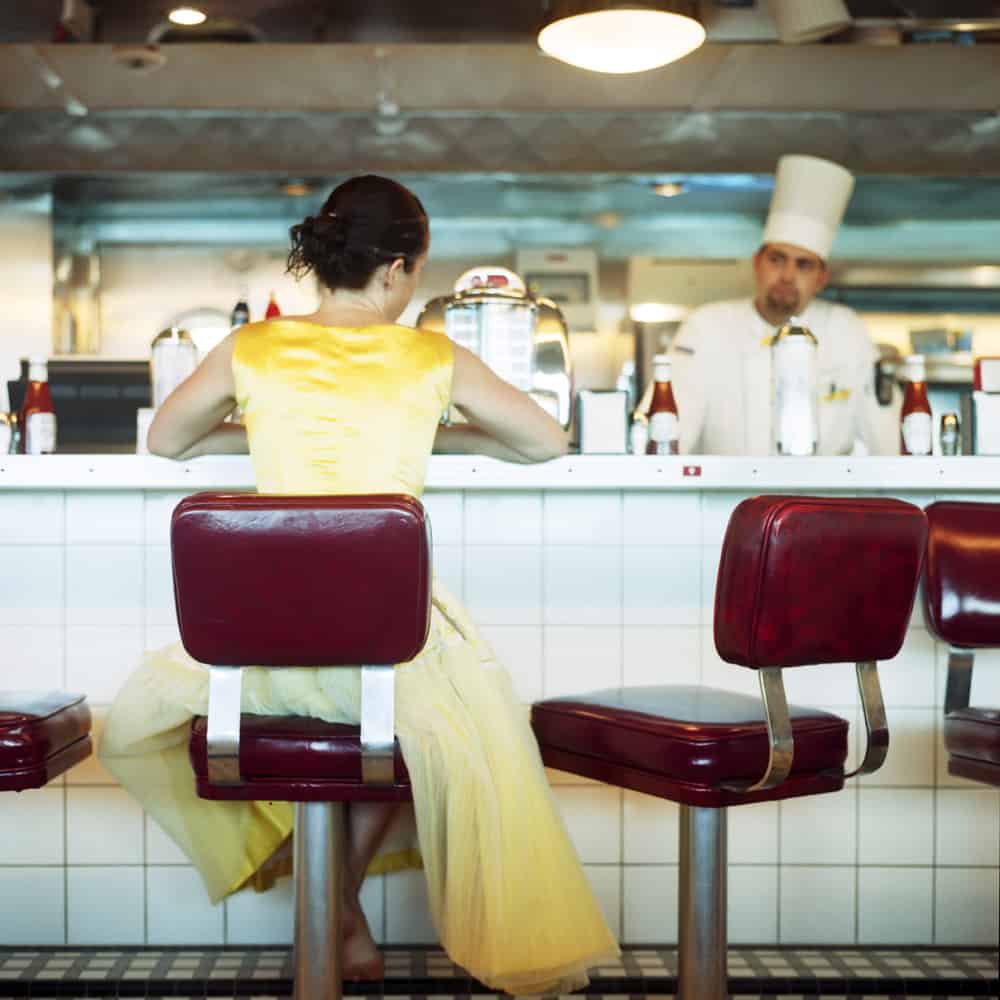
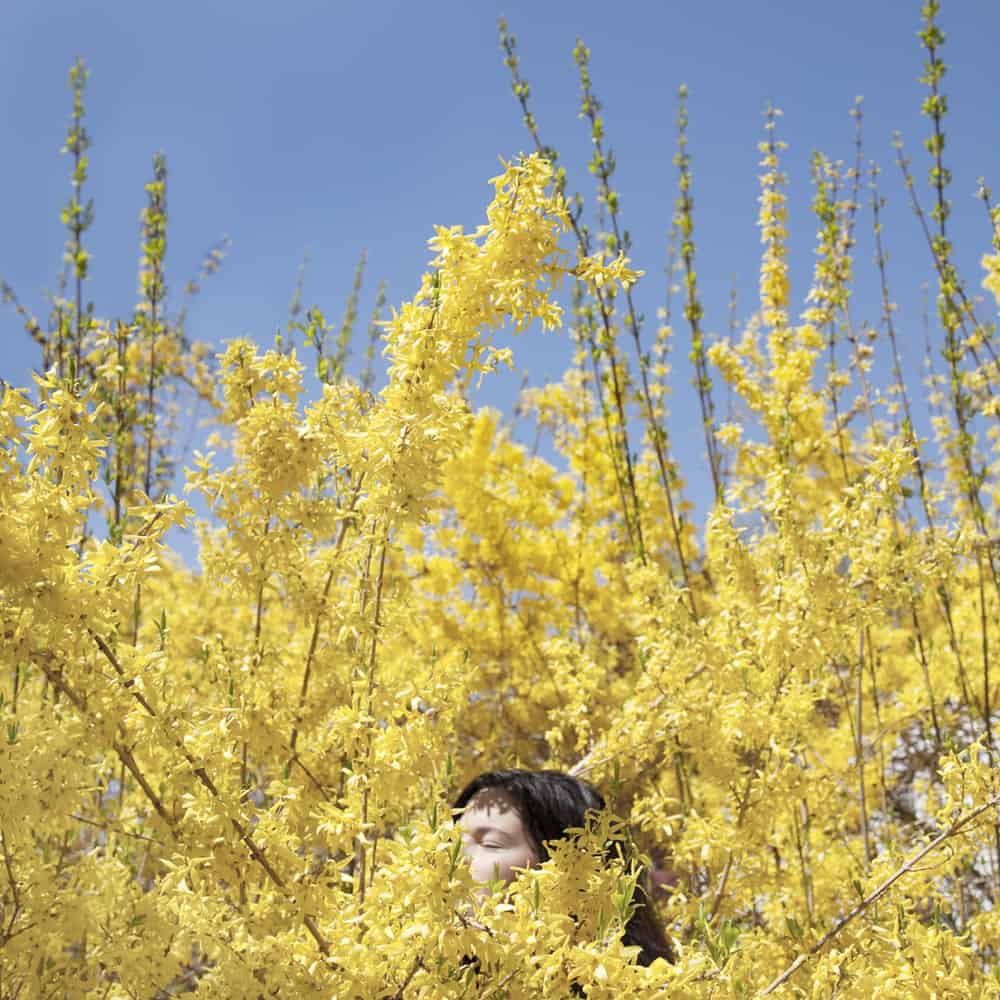
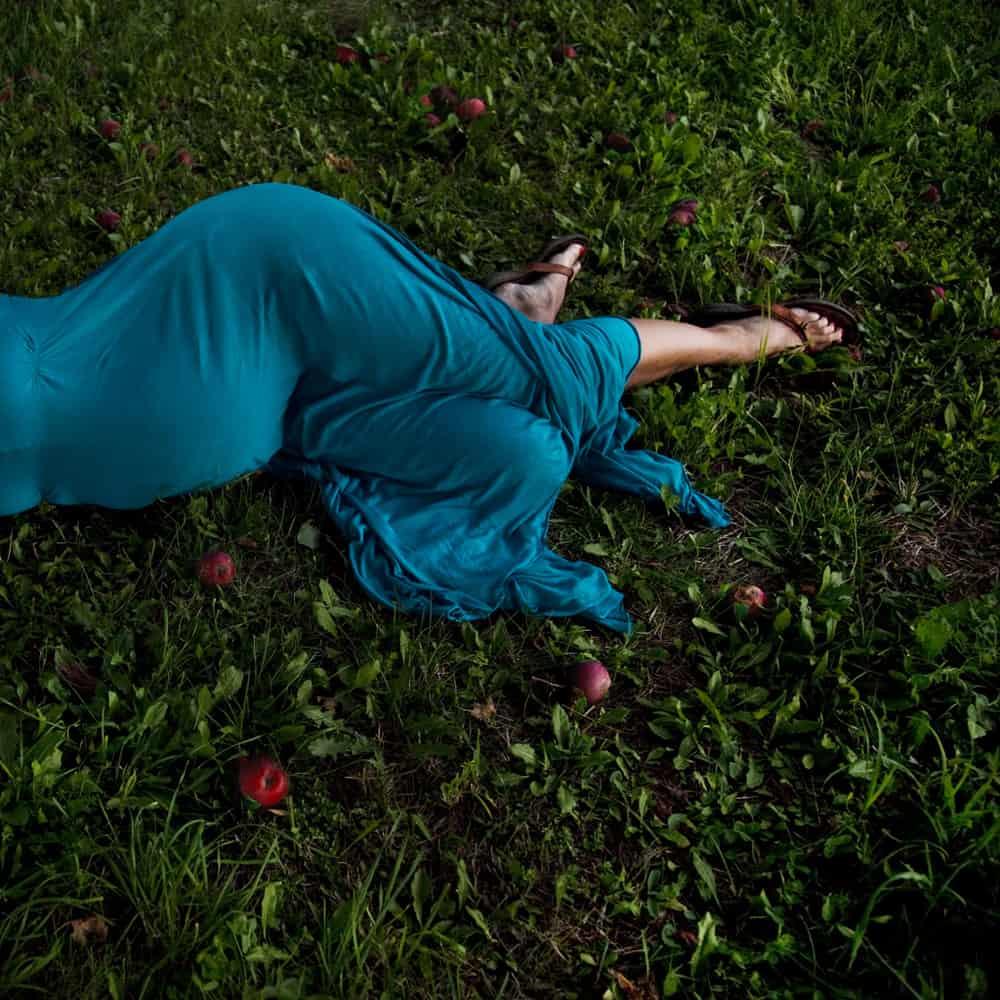
Are you currently teaching ?
So I was teaching, an assistant professor for ten years at the university in Boston, and then in 2011 I decided to take a leap of faith, I wanted to live full time in Maine, I couldn’t juggle everything and a new baby. So I decided I was going to concentrate on my fine art work, and also being a mom, so managing those two.
I just worked a lot, all the time, I didn’t sleep much, so I always considered myself a full time photographer, a full time teacher. And I would bounce between commercial work and fine art work. But I always loved teaching, it was very hard decision to make to give up that job. But I’d always taught workshops, as well, so now I get my teaching fix through workshops. And I’m also on the faculty of Low Resident MFA program, so I get my teaching fix that way. But I do, I start tonight, I have, I’ve got a workshop running this week.
What kind of differences do you notice kind of in your students in workshops versus a collegiate program?
Well, you know, I love the long-term conversation that happens in long term programs, but there’s also something wonderful about workshops where it’s so intense. It’s amazing to me how much gets made in five days. They come in, and I really pressure the idea of it being disciplined and working like crazy and not sleeping…I sleep, because I have to be fresh and ready with good eyes the next day, but they, you know…I think sometimes these bursts of intensity, creatively, can be amazing. And I never make work during a workshop, I figure it’s a different side of my brain; they’re here, I’m going to focus 100% on them. But the day after a workshop, I always leave inspired, and I get back to work on my own work, so it is a symbiotic relationship, I definitely get a lot out of teaching. Also, in the fine art world, I’m making work about things, and ideas, and I’m mind-mapping and brainstorming; it is all very solitary. And I love to laugh, I’m social, so it’s kind of great to be out in the world, so teaching allows that, a good laugh, and you know.
Are you still learning a lot from teaching?
Yeah, I think so. There’s certain methodologies that I’ve put into practice during the week about the discipline, so it’s always a good reminder, a good kick up the ass, like, “alright, well, live it, then.” So I take on these…I expect all the students to write everyday, I feel like if we can access ideas through words, that it helps our image-making, because we can find it in metaphor and symbol, things like that. For me, I definitely get…it’s hard to quantify in a sentence or two what I get, but I always leave exhausted, always fired up to make new stuff. It’s exhausting teaching workshops!
I just did a workshop in Iceland two weeks ago, and I probably only teach three or four workshops a year, I try to put them all into the spring and fall. And in Iceland, because it was light, it was light twenty-two hours of the day, the sunset at 11:30, and it rose at 1:30, so I would have students, and we were all staying in one house, I would have students and try and show me picture at 11 o’clock at night, I’d say, “noooo I’ve got nothing! I need fresh eyes, tomorrow morning!” Long days.
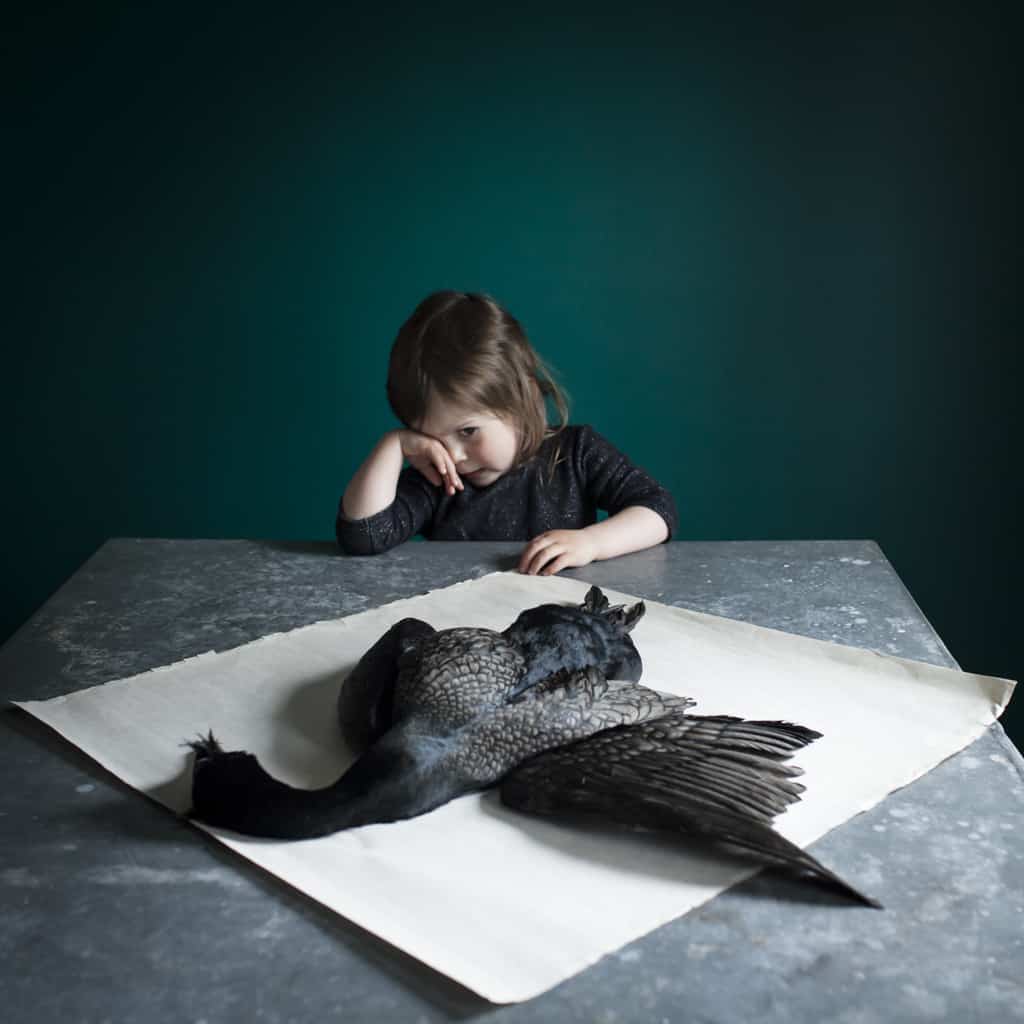
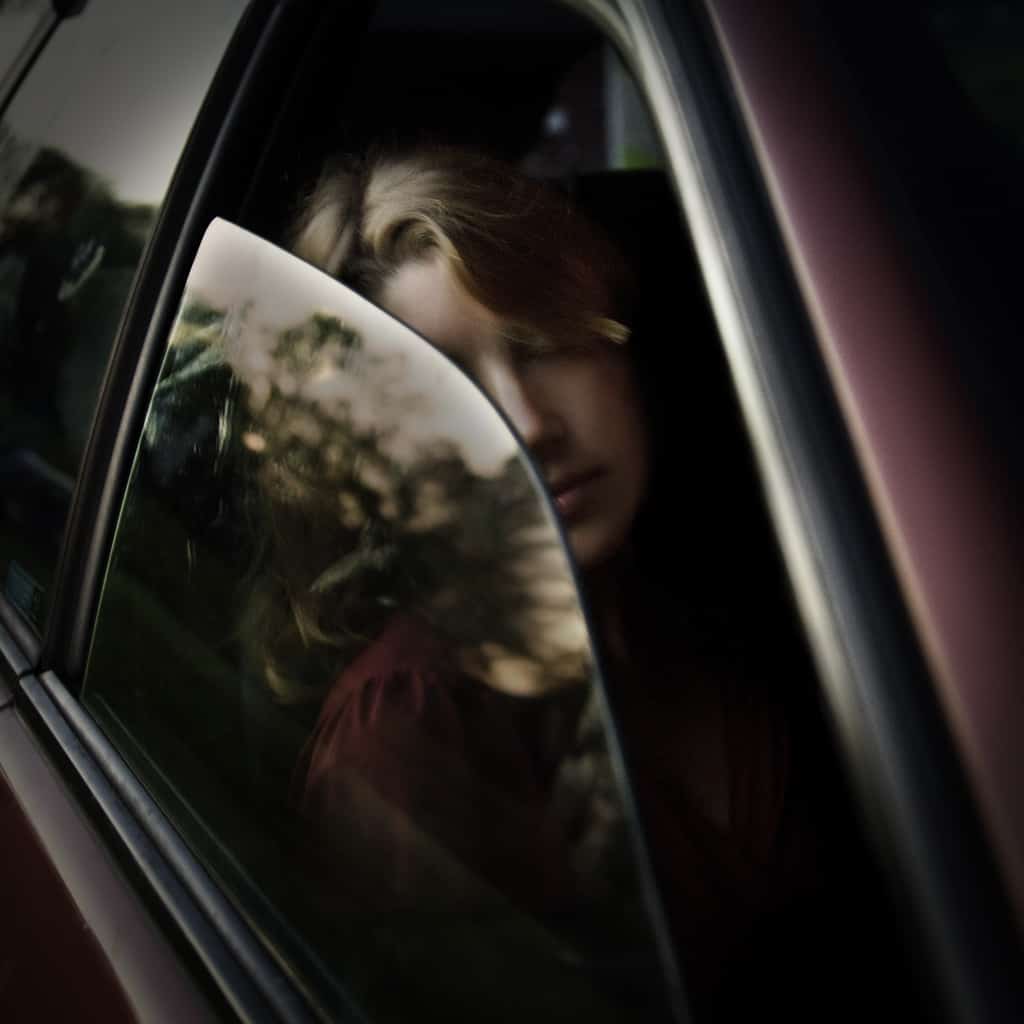
Do they have the full black out curtains, at least?
Yes…it’s the same night after night, I have a strong connection in Norway, and yeah, I went there a few years ago around the same time like summer solstice, I didn’t sleep for the whole five days, I’m an early to bed girl, early to rise to the sun, I’m very light sensitive, so I knew, I took some melatonin with me to Iceland this time, and made sure I had shades.
Hahaha, I feel like otherwise you kind of go insane if you don’t.
Yeah, you need to sleep. Because the thing is, I want the students to be buzzed and excited and go on no sleep…what happens when you get out of the way of yourself if you’re not rested, you access all these things, and go at it like a teenager, and something beautiful happens, you make really beautiful work, you can’t even catch up with the critic in you, because you’re so busy making things and having fun. So my job as the teacher is to be the “fresh as a daisy” one, helping edit, helping find things that perhaps they didn’t see because they were too tired or not used to it. So I definitely do not do the late night. I’ll do cocktails like on a Friday night or something.
I teach artist books, too, and book binding and all that stuff, a different side that not many people know, but I remember I was thrown into it by my, the chair of the photo program at the time. He told me, “you like books, you make books, teach book binding!” So literally, I would learn the binding the night, the week before I had to teach it, and it was a wonderful class, because I was so excited by it, that it was infectious, I guess, and I also had some great advice from a good friend, she said, “never let them smell fear! Go in confident!”
The book side of photography is very important for you as well, yeah? How involved are you in the actual production of the book? Is that an aspect of the art, for you?
One hundred percent. It’s a couple of different things there, where I’m always looking, I’ve written all my life, and I never expected to put words in my books, photography was my only medium. And then it sort of went, when my first of my trade books, You Look At Me Like An Emergency, came out, when I was putting it together, putting it without the text felt like there was something missing. So the text had grown from this really organic process of the way I keep my visual sourcebooks and daily journals and things. So I felt like the words were doing something that the images didn’t do, and together, they added up to more than the sum of their parts. And so after that time, I settled into that process, and with Gardening at Night, it’s very text heavy, and the new book that I’m working on will have even more writing in it. I’m always trying to find a way to make that visual, so I started working in neon signs, signage, embroidering words, any ways to make words visual, and I think that working in book form, bringing together word and image is such an amazing process, I love it. So I make these artist books, one of a kind, editions of ten.
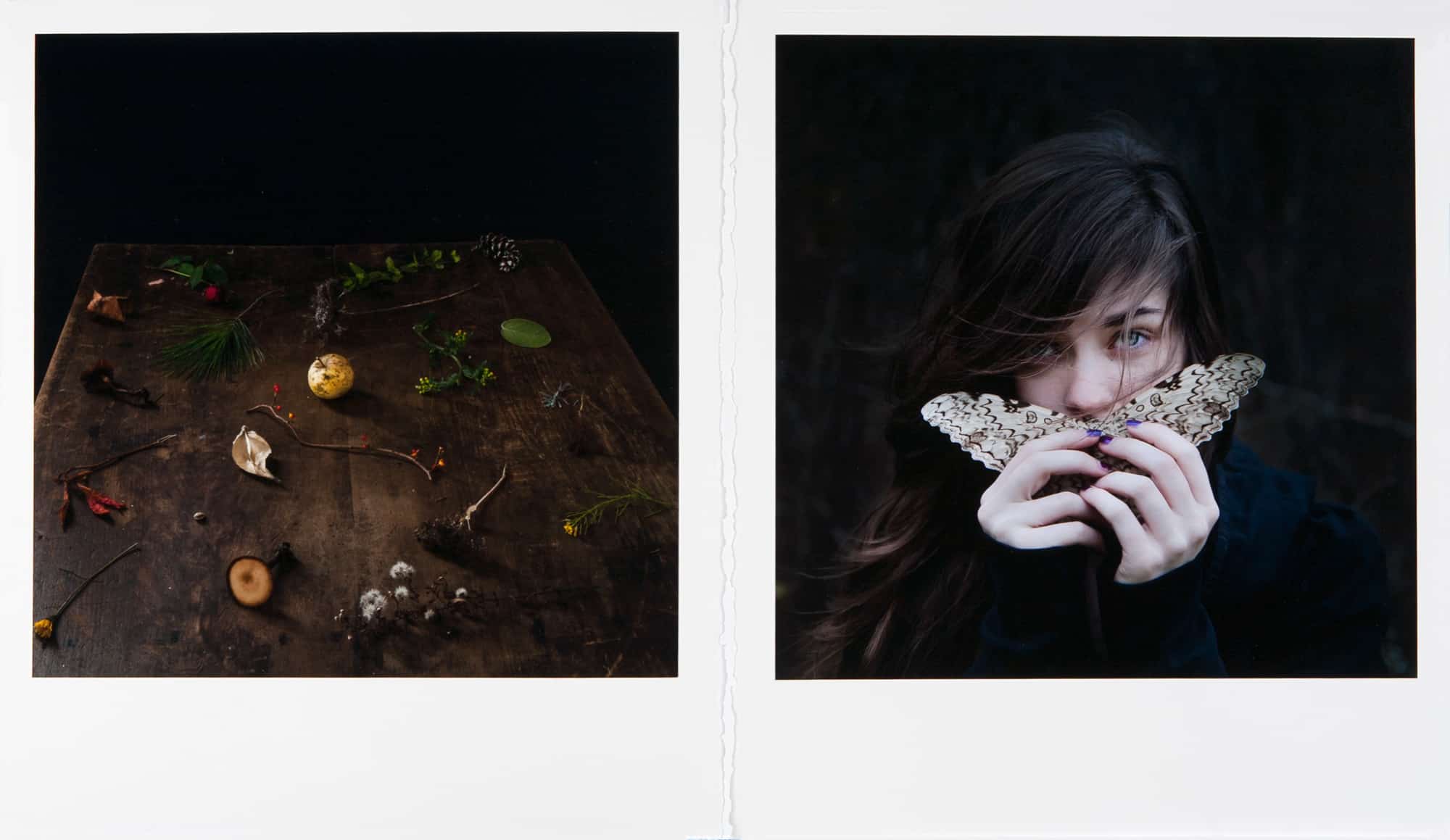
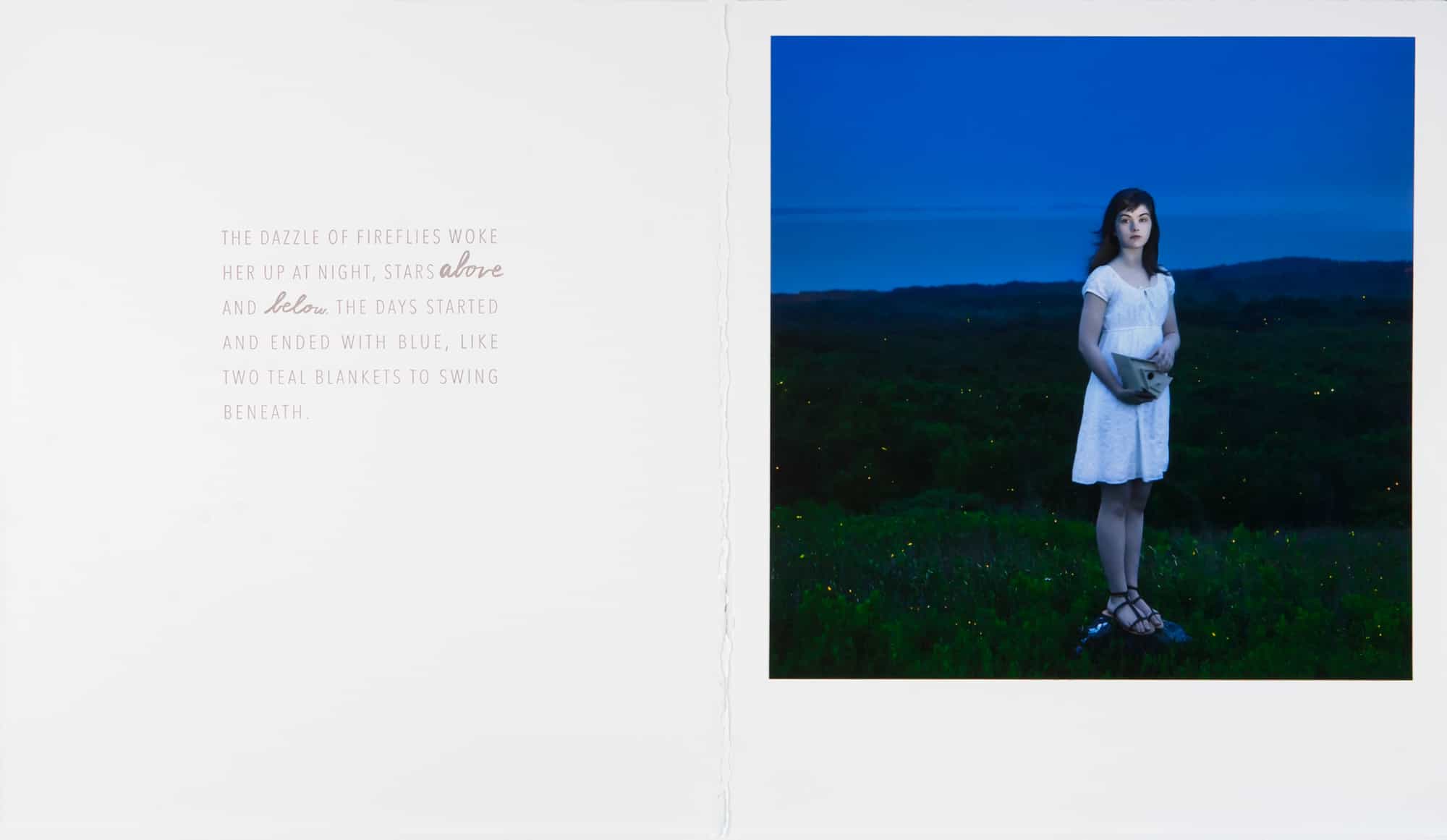
I saw there’s a recent one on your site, yeah?
Yeah, right. So I physically fold the pages, glue the images in, design it. I don’t do the letterpress, someone else does that, but I love that whole process. If I ever took a year off, I would just do that for a year, bind books. But the trade books I also love, because they have a much wider audience, so instead of an edition of five or ten, editions of 2,500, or whatever it is in a typical print run, gets to so many more people. I love books in all their formats, and ways to make words visual is always something that I’m alway thinking about and pushing at.
One other thing, the books and the text and the images and the sequence, it reveals so much to me about the threads in the work. It’s only when I start gathering all the pictures together that I think, “well, that’s a thread that leads through this body of work.” It helps me understand the work by putting it in the sequence and the context of books and chapters and things like that.
Because your photos are very much singular pieces of art, I know some photobooks and the photographers who make them, they try to work more in a series. But from what I’ve seen of your work, each one is a super-strong piece, so when you’re designing a book, how do you modulate that flow?
Well, it’s a process that involves a lot of frustration! What I’ll do is, I’ll rent out a room, just a totally empty room, and I lay out all the pictures, and I look what’s there, and in the end, it’s typically sequenced in many ways, and that’s why it’s such a headache, and you think, “there’s no way it can be done!” And leave after twelve hours in tears. I see some of my students going “there’s no way it can be done,” and I say, “you’re in it, you’re in the process. There is a way, and you’ll be amazed at the end of it, but there’s no shortcut.” So, with Gardening at Night, it was sequenced by season, so spring, summer, fall, winter; it was sequenced by my daughter Scout’s age, and it’s also visually sequenced. Things have to look good next to each other, palettes, and formally how the work flows. So it was this “tear your hair out” experience that also felt kind of great. It was so rewarding in the end.
It seems as though a lot of the predominant style on Flickr and on Instagram is a descendant of your work. The compositional styles, the element of magic or…not whimsy, but that kind of surrealist aspect. That’s been very popular on Flickr, do you see these echoes of your work?
Well, I’m not on Flickr, I’m on Instagram, but really, that’s more of a personal account, I didn’t even know I had any followers until I looked. I find it sort of…I just try and put my head down and get to work. That’s my process. Instagram and Facebook, I’ve found them to be very useful tools to get the word out about shows or books or something. But creatively, for me, I find it as a distraction. Everyone’s different, and it can be this beautiful creative experience for many people, but for me, I find it, it doesn’t feed my process. So I go dark all the time, I take all of that stuff off my phone so I won’t even be tempted, and I just get to work. Me at my most creative is me totally unplugged. Are you ever unplugged?
No, no, I’m thirty-eight, so I was always right on that curve of the internet. Once the internet became popular, I had it, once these sites started to show up, I got on them. So I’ve always kind of…it’s never even occurred to me, I’m young enough that it still feels natural.
Yeah.
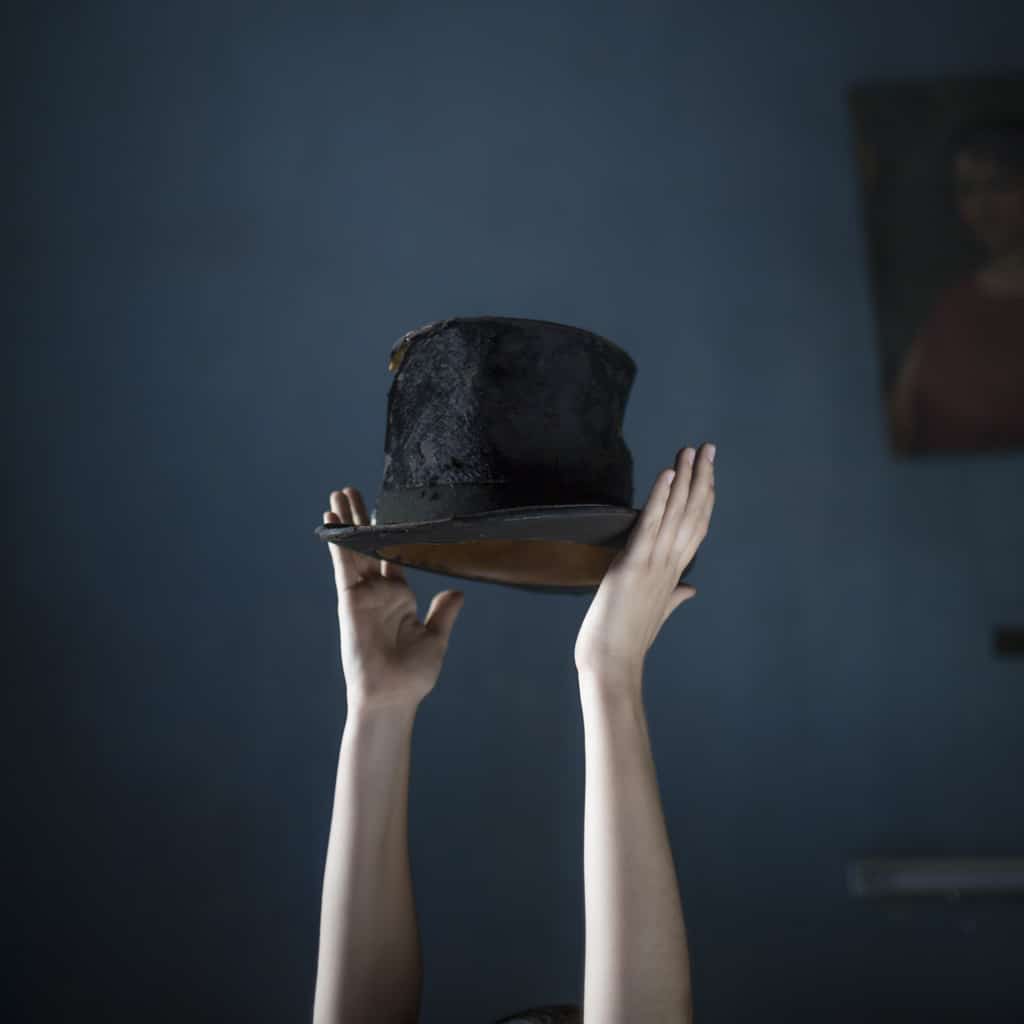
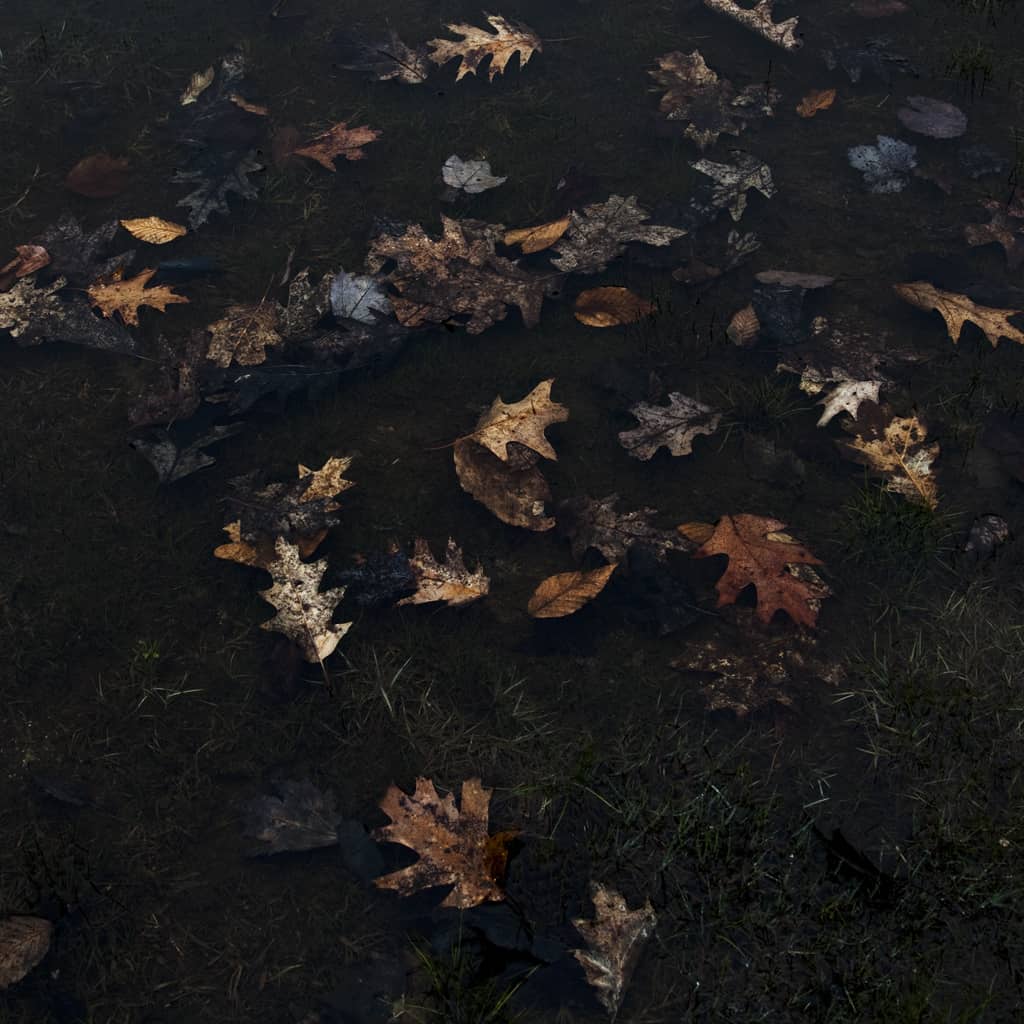
But old enough that I remember the time before.
Right. Whereas, I’m forty-one, so it feels like, I don’t know, well maybe it doesn’t even matter with the age, it’s just who I am with my process and my work or whatever, but I definitely, you know, I’m being sort of…you don’t find it a time suck? You don’t lose hours?
I work as a medic on film sets.
Oh do you?
So I sit around all day, in case something happens.
Waiting for something, okay.
So I actually have an enormous amount of free time! These things are great to suck up all this free time.
So yeah, that’s a good point! So for me, being self-employed, I need to be out there. I find, I’m amazed by how much of my day is spent not making pictures, how much of my day is responding to emails or printing or, I don’t know, the myriad of finding the right box to ship something for FedEx, just all that stuff. So for me, I really try and get on myself about having made anything today, because that’s my job, to make things. It’s amazing how many days go by and I haven’t made something, because I’ve been busy. So I try to alleviate as much time suck as possible.
Do you feel that kind of pressure when you’re not actively making a picture?
You know, some people feel like you need a fallow period, like a field, you can’t be producing all the time, and that makes sense to me, but I also feel, well, that’s an easy thing to slip into, so I really, I don’t know, I feel very driven. What I can’t believe is how much I love photography even after all these years, it’s still brand new to me even though, you know, I started working the dark room at thirteen, it’s been my only job, whether I was teaching it or making it or you know.
For almost thirty years.
Yeah! That’s amazing! I wasn’t teaching it at thirteen, but I was in the dark room every weekend. I just can’t believe that I’m still in love with it, but it’s still so surprising to me and what it brings to my life, and the stories that I want to tell, still. I race back to the computer in the same way that I used to race back to the darkroom to process the film. I still feel that same way when I think I’ve got something.
I do feel pressure, if I’ve gone through a period where I haven’t made something, I miss it. That’s when I feel like, you know when you’re doing something you love, the hours just slip by. I feel like if I go through a stage where I’m not making, I haven’t had that amazing rush, that experience for a long time.
I’ve asked this a few times of photographers whose careers have extended several decades…are you active in keeping the fires of your passions lit?
I mean, I definitely feel like I’m actively staying curious, I’m passionate, but that might also be an inherent part of who I am. It doesn’t feel like work. I mean, it feels like work, but it doesn’t feel like work I don’t like!
HA!
Sometimes you think of work as being, has bad connotations.
Right, it’s automatically a pejorative.
Yeah, for me, it’s never been about the pictures, it’s always about the stories behind the pictures. So if there’s always new stories to tell because I just had this new, awesome experience today that I’ve not had before, then there’s always new excitement behind the work. So I think it’s living that is exciting, and then trying to turn that story into pictures. And that’s why it never feels old. And sometimes I’ll make an image where I feel like I’m repeating myself, you know that, like “uhhh alright.” And then, because you know you’re not being brave enough. So I’m always trying to make work that I haven’t made before, and that’s a good challenge.
Do you feel that you’re telling many stories, or always attempting to tell one story?
What I’m interested in, I think, and again, I feel like the subconscious of photography is so linked, you think you’re doing something, but you’re really doing the opposite, so when you’re finally brave enough to say “I’m really interested in the everyday,” so I feel like I’m not telling one big story, I’m trying to tell or shine the light on the everyday, a mundane Monday, or a Tuesday, not these big stories. These everyday hopes and failures and loves and fears. I’m trying to shine the light on the everyday, that’s what I think I’m drawn to…I didn’t ever set out to tell a story of a life, but I feel like that’s what I’m doing.
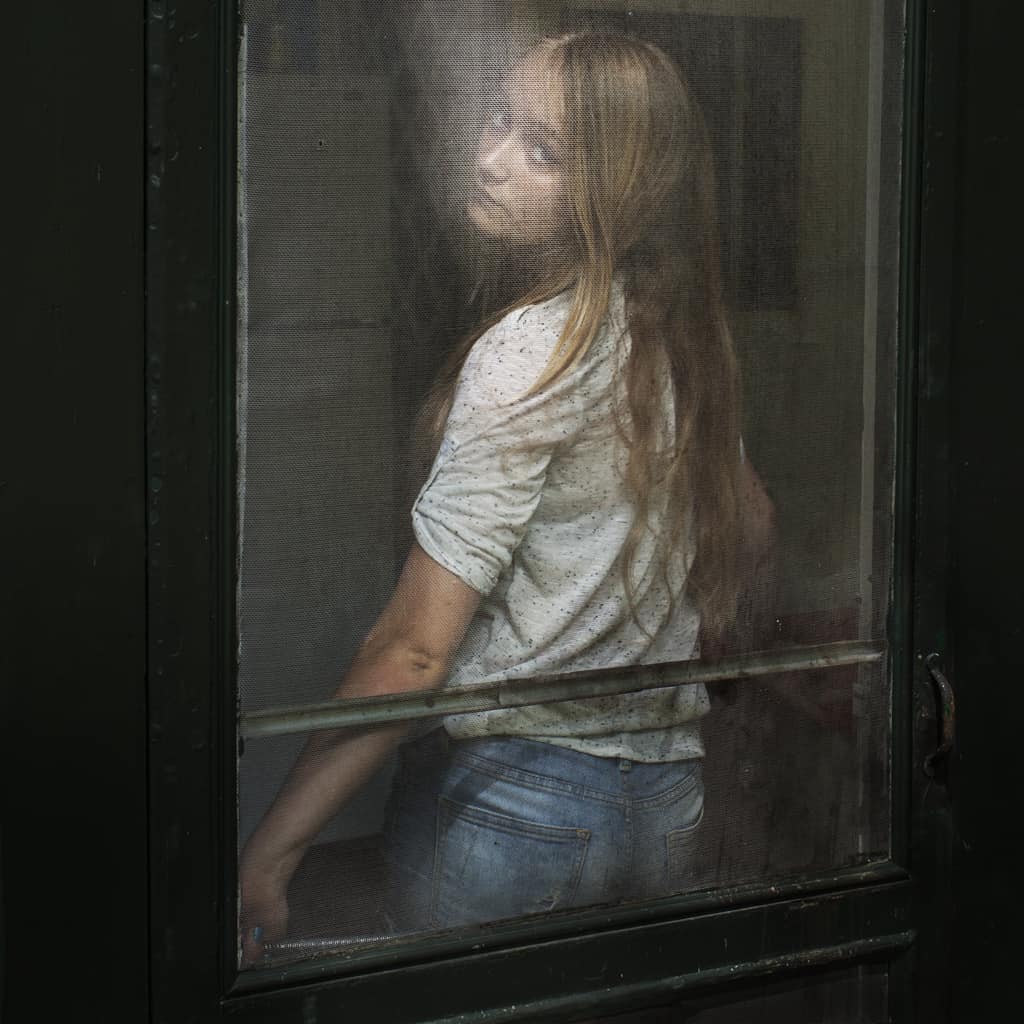
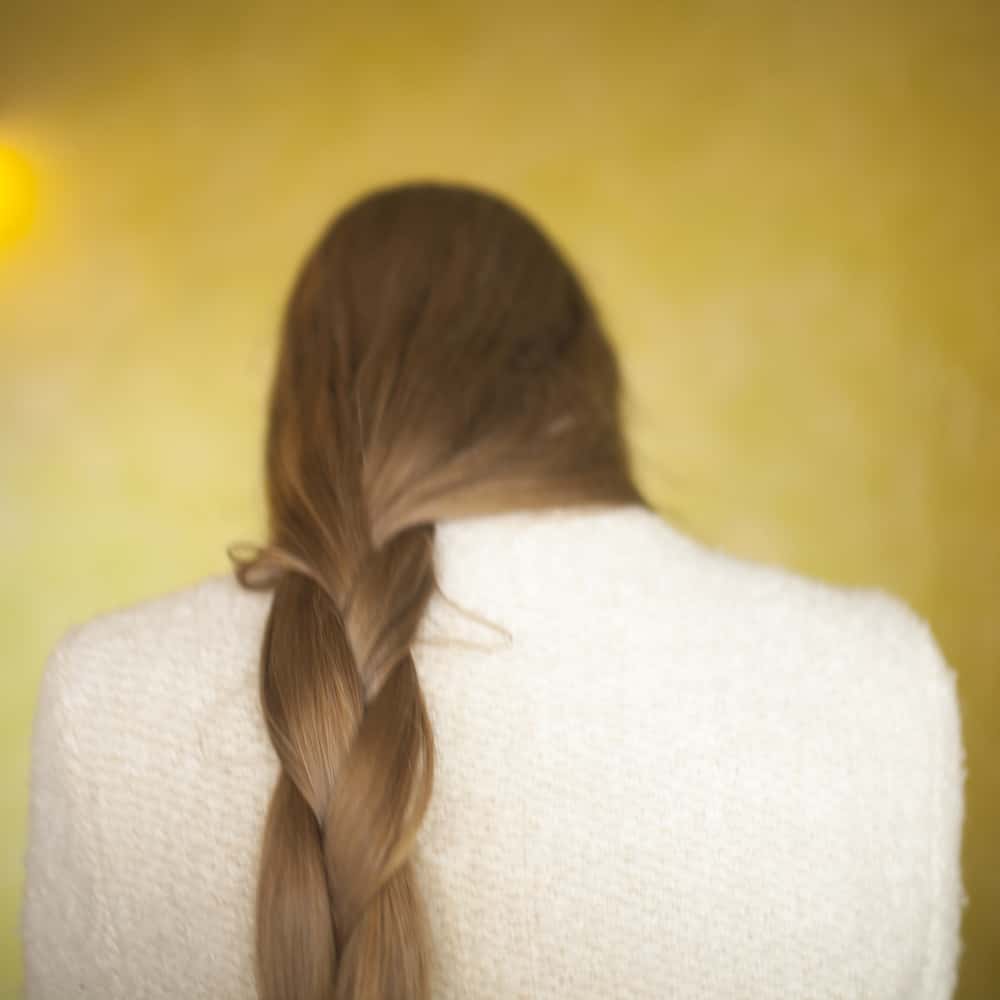
Yeah.
It started off with trying to find “home”, showing through pictures how it was to be searching for that, and how it was to have these failures. I never set off to do a “I’m going to spend my lifetime telling a very simple autobiography and hoping that there are similarities in other people’s lives.” But that’s kind of what I think I’m doing. That really also excites me, as you go through different stages in life, how that can be told in a photograph.
And it seems as though, at a certain point, you will have a story of a life, of your life reflected in these images.
Yeah, and I never really thought about it until this very moment, that’s the next book I’m working on, yeah.
You know, we’re here for these big moments!
Yeah exactly, “that is what I’m doing!” That’s why it’s great to do these things, especially when you’re not sent the questions, there’s something fresh about your responses sometimes, the most obvious things are sometimes, that’s the definition of an epiphany, right?
Yeah! How did you find the MFA process? It seems as though your work is very instinctual, and yet, from what I’ve been told about art programs, it’s not about instinct as much as the education. How did you reconcile those?
You know, it’s interesting, I did my MFA as part of Rockport College, which was part of what is now the Maine Media workshops, and I loved it. Maybe there’s certain times in your life where you’re just ready for something. I also felt like they really taught to the individual, you could really shape your own program. So for me, I loved that experience, I thought doing an MFA was the best gift you could give yourself, where for three years you get to really…and I didn’t try and do any promotion of my work, it was a really inward time, there was nothing outward about my experience, it was all in. Like when I was talking about Facebook, it was “just go to the dark room every day, make stuff, look at it, make pictures, look at them, listen to them, and get back out there with what you’ve learned.” Make it, look at them, listen to them, get back out there. And it was that for a couple years. So for me, I feel like I found through that an understanding of my work. I also found that…I always think that everyone has a voice in them anyway, and if you work hard enough, it just comes out; you don’t get to pick whether you’re a black & white photographer or color…if you just make like crazy, it will be really apparent what your voice is. And maybe you need a little direction, guidance here and there, but your voice is already in you.
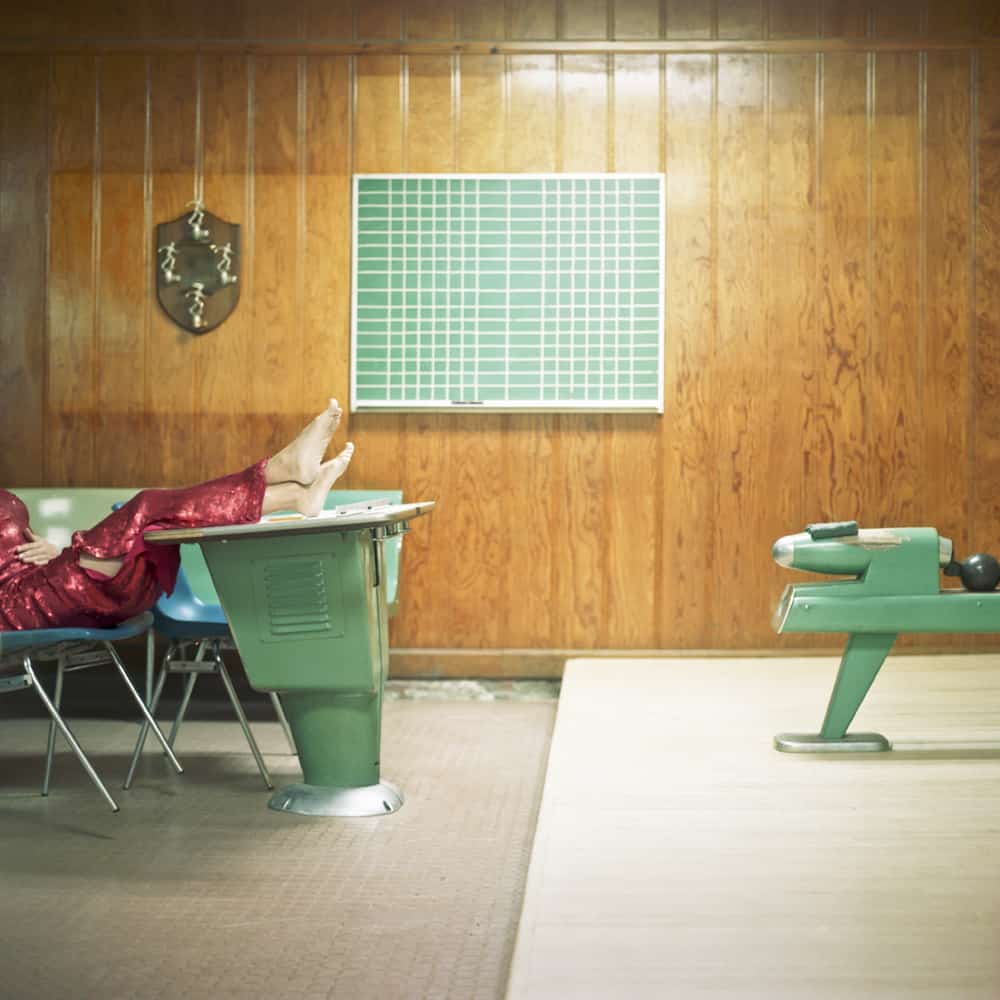
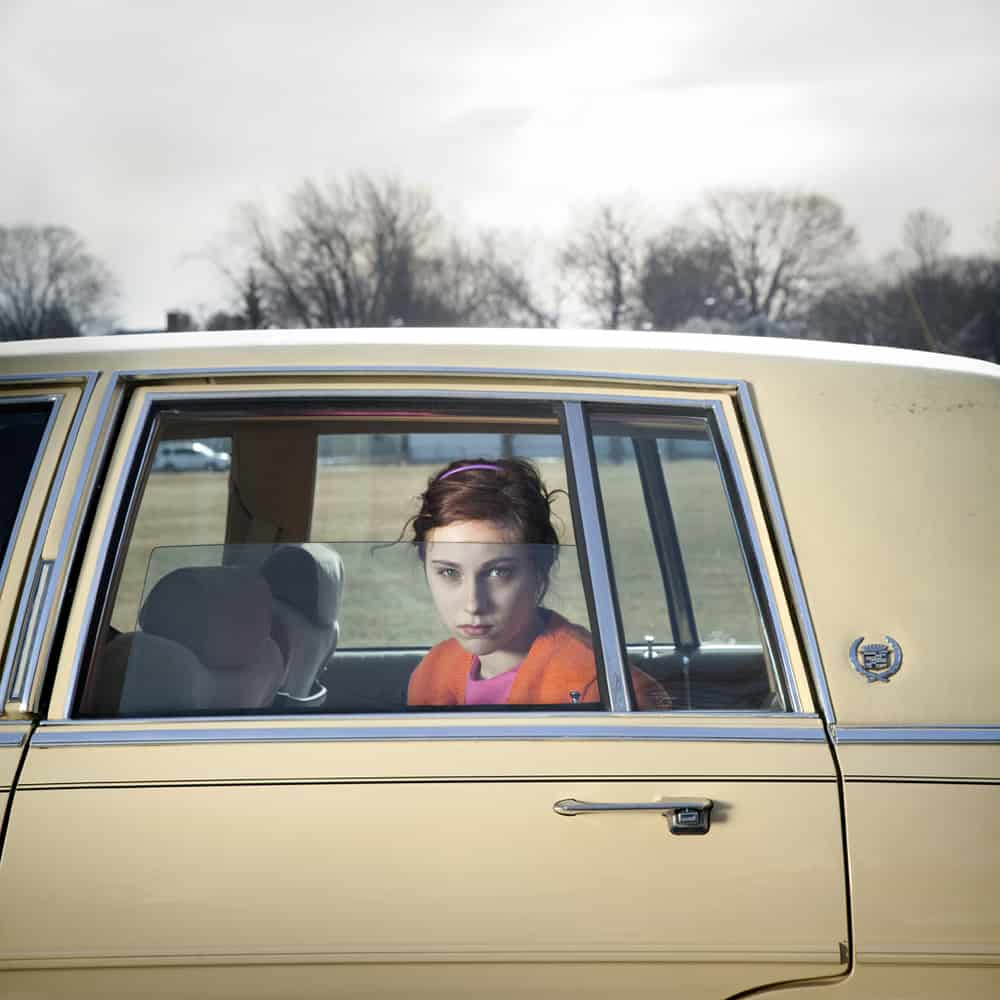
Totally. There seems to be this large professional gap from say 2000 to 2006, you released your first book in 2012, and I saw that the editorial stuff started to pop up around 2006. What was really going on in that gap, post-MFA? Kind of like 1999 to 2006?
From 2000 to 2006? You know, I was teaching, I got my first proper teaching job, that was an adjustment. Also I was hustling, I was trying to get the work out there, that’s the thing, nothing happens over night, does it? It takes time. I had never said no to any meeting, I would go to New York, even though I was teaching full time, I would go to New York, I would try to get different gigs. Portfolio reviews were just beginning then. Now, I feel like they’re everywhere, but there were a couple portfolio reviews, I went to SENTA in 2005, and that was very instrumental in helping getting my work out there. So yeah, I was probably getting my heart broken and making stuff!
Hahaha!
I was busy with the job of living. But yeah, I was trying to get the work out there.
Which brings up, what kind of changes have you seen in the fine art world over your career?
See, the thing is, I live in the middle of nowhere, kind of, I live in Maine. I feel like I just get my head down and do my work, and I don’t, I try not to think about all that stuff. You see what I mean?
Sure, sure.
I feel like I don’t have a good basis to report back on that, because…Instagram, what you were talking about, so I think there’s more work out there now.
Definitely.
I was right on the cusp of it not being that way? In 2005…when did you get your Flickr account?
2006!
Right. So in 2005 when PDN highlighted a lot of my work, and I was in the 30 under 30 and all that stuff, there weren’t so many avenues, so that’s probably different, right? But in a way, maybe it’s really distracting. If you see loads of work all the time, maybe then you think, “what’s my voice, what’s my voice? Is it that or is it this?” Whereas, if you were just at home, in the woods, making stuff, there’s a sense of “this is my voice,” or something.
Right. When did voice become very important for you?
Always. Always, making something that felt authentic was always really important to me. And you know, definitely, in my early early work I see influences, as it should be, that’s how you look at the people you admired, and you see that work, that visual reference come through in your work, but then if you work through it, you find your own voice in it.
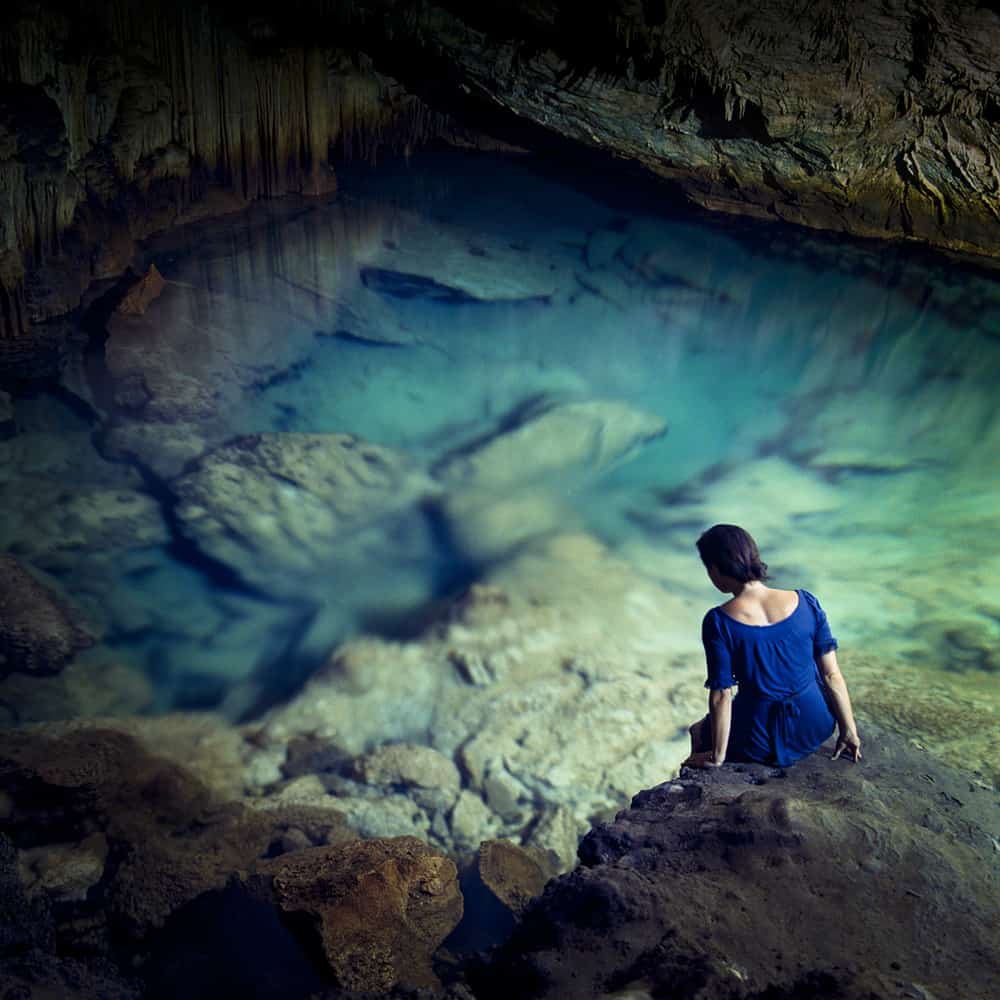
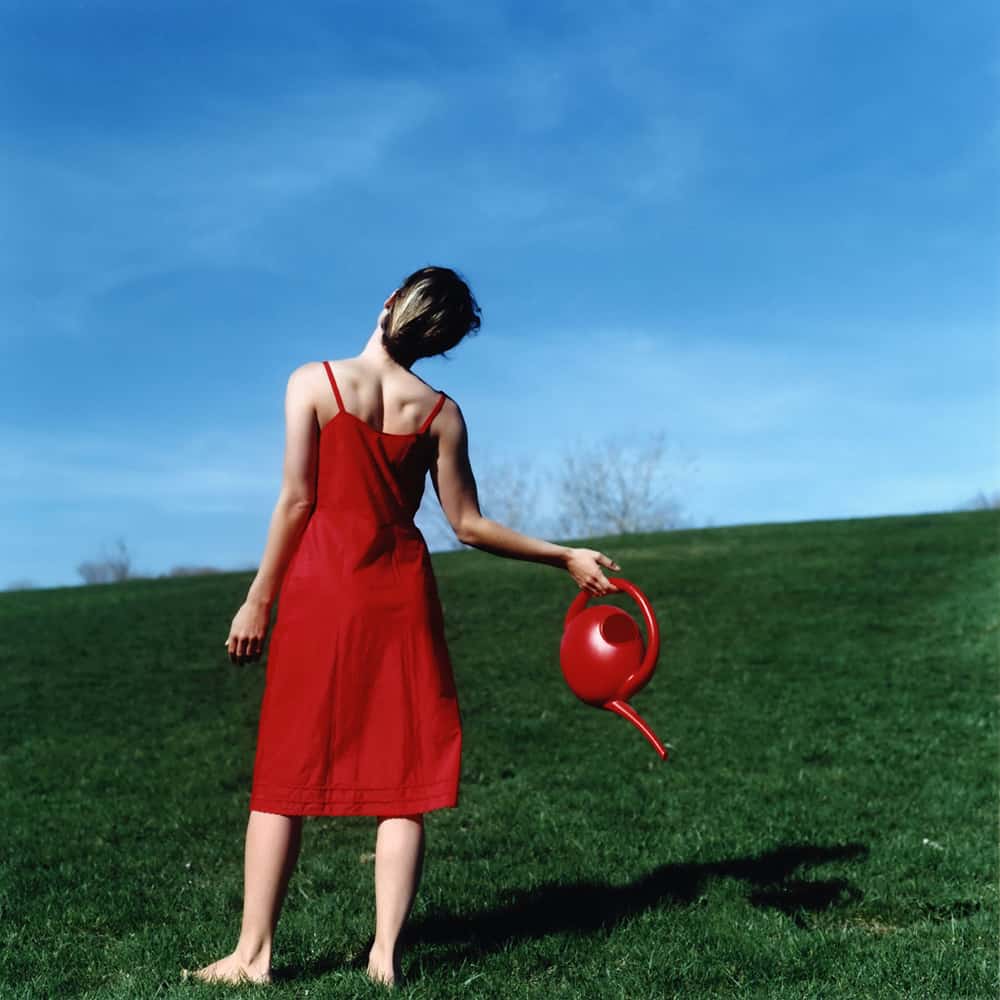
Are there people that come to mind now that were influential to you when you were first starting out?
Yeah, when you look at my work from the late nineties, definitely Francesca Woodman, of course, was someone that I really looked at, a photographer from Maine, Kate Carter. The palette of Joyce Tenneson’s work, this is my early work that is black and white, that I’m not really known for, but definitely those photographers helped. I saw that work, and I knew that there was something there that felt, in the storytelling, the way they told stories was something that resonated with me.
Yeah.
But I think when I started working in color, and none of the things that I was…they were all black and white that I was drawn to, but it was then, when I found my own materials, and then stories, that the work became my own.
Right. One of the aspects that has changed is how important voice is to many people. As photography has become so much more popular, a lot of people don’t understand the importance of a personal voice.
Right.
There’s a lot more emulation, especially on social media, there’s a lot more of people seeing a certain style and going with that, not as a way to get to their voice, but in lieu of.
But I feel like that’s unsustainable.
Right.
You can do that for a year or two, but it’s unsustainable for a lifetime. If you truly find your voice, that’s with you for life, and that’s an amazing way to live. So I wonder how the fine art world is different from the commercial/editorial, but it must be, there must be a huge difference because of social media.
Yeah, but I also think in talking to people who have graduated MFA programs more recently, that they try to wall them off, to a certain extent, from social media. They teach them about it, but they don’t want them immersing themselves in it.
Unless that’s your voice, and that’s an inherent part of your work, the commentary or something. It’s definitely not part of my work.
Yeah, I don’t see a place for it, necessarily.
Other than, you know, the sort of raising awareness of my work, in terms of, letting people know when shows are, things like that. But that’s different, isn’t it?
It’s more promotional.
I always try and cut those with “great” pictures of my dog looking awesome, you know what I mean, because I don’t like the constantly like the “look at me, look what I’m doing!” I find it a little too much, you know.
You don’t want it to be just like commercials all the time.
No, or just pretending that my life is awesome all the time. It would drive me mental, you know, when you’re like “woohoo!” but you’re really crying!
Hahahaha. And that’s another big effect of social media is this greater level of artifice being promoted as one’s life.
Which is something that I’m really…it’s not what I’m after. I don’t like that. I guess we all do it, but it’s not a part of social media that I think is a good part of it.
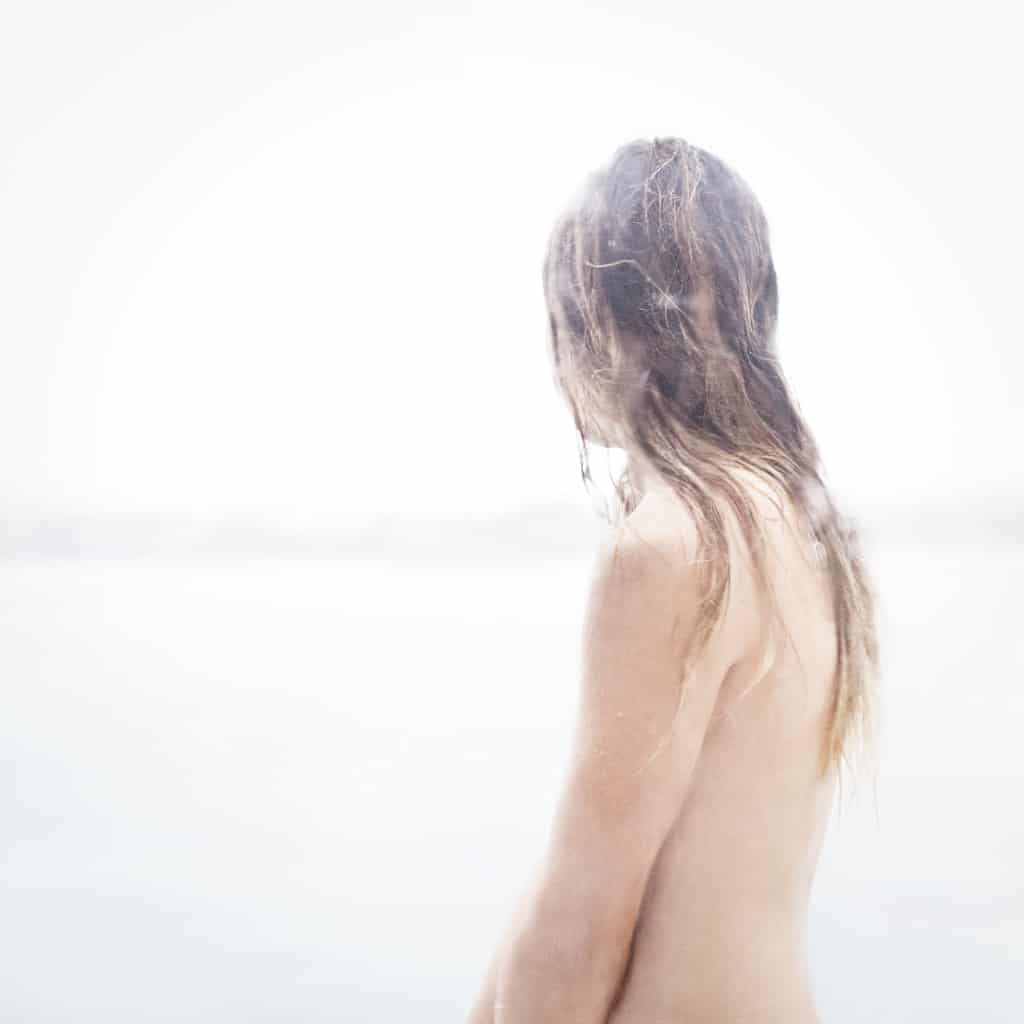
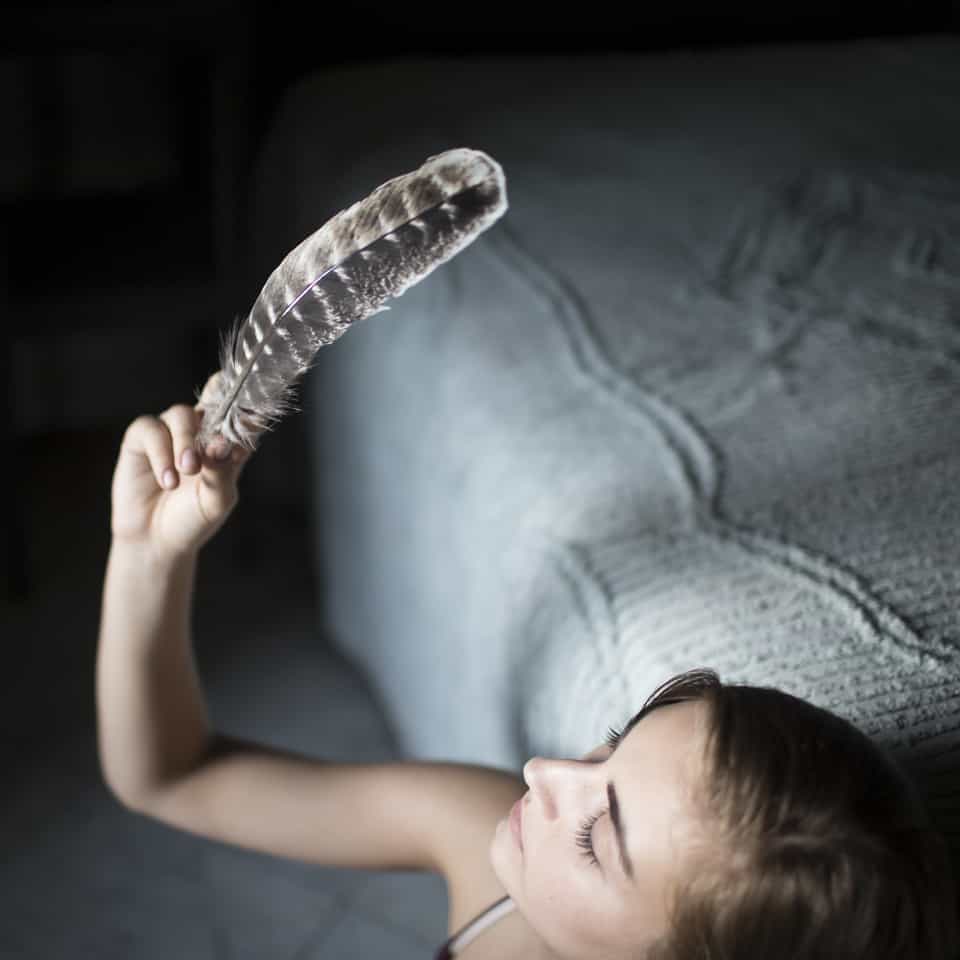
Right. When I was on Flickr in the early days, it was very much a reflection of what was going on, and I would write a lot to accompany the photos. Now, I’ll put up a photo, and the writing will have nothing to do with that day, necessarily. There’s no journal or diary aspect to it.
But I love that! I love memoir, I read memoirs all the time, because they’re honest, they’re truthful.
What I was beginning to find, was that people had this impression of me that was only based on the fact that I would do photoshoots. They thought that was my whole life.
That’s interesting, I mean people will always have that, I think when people first met me, I was making the black and white work, they were surprised that I was laughing, they thought I was going to be this sad girl in the corner. It’s interesting, people have impressions of you through your work, and that’s always a surprise to me. But I guess that’s how we function as a culture, that we make assumptions on how people are.
Based on whatever information we get.
Right, exactly. Or yeah, people will assume from what we’ve put out there, how that informs how we’re perceived.
Have people’s perception of you changed as your work has changed?
Oh, I’m sure, I’m sure. I’m not aware of, I’m quite sensitive, so I do feel like I turn things off, and get out there with my dog and my daughter, I’ve a really great set of mates that don’t care about photography. I feel like I surround myself with The Real. So I wouldn’t know how to answer that!
What brought you to Maine, specifically? To remove yourself from…?
Well, I grew up on the Moors of Devon in England, so south of Bristol about an hour and a half. So for me, it wasn’t a big shocker that I ended up somewhere that felt more rural. I lived in Barcelona for a couple years, I lived in Boston for nine years, and this was a huge thing for me: I loved my job in Boston, but I look back, and I made one picture the entire time that made it into a portfolio. So what I would do is, every weekend I would race to Maine, there are so many things I love about the city, in terms of what you see, and being inspired by going to…just being on the street or going to museums, or any of that stuff. But for my work, I never made anything there. My pictures, they come from this sort of deep love of nature and being outside. So when I realized that I only made one picture in nine years of living somewhere, I realized I had to leave. So you have to learn where you’re inspired. I wake up, and I go out, and I’m so inspired to live here. That helps me make pictures. I feel like we have to make our lives easier, in a sense, and if we can live where we’re inspired, it’s not possible for everyone, but if you can, do it. That’s a great way to be.
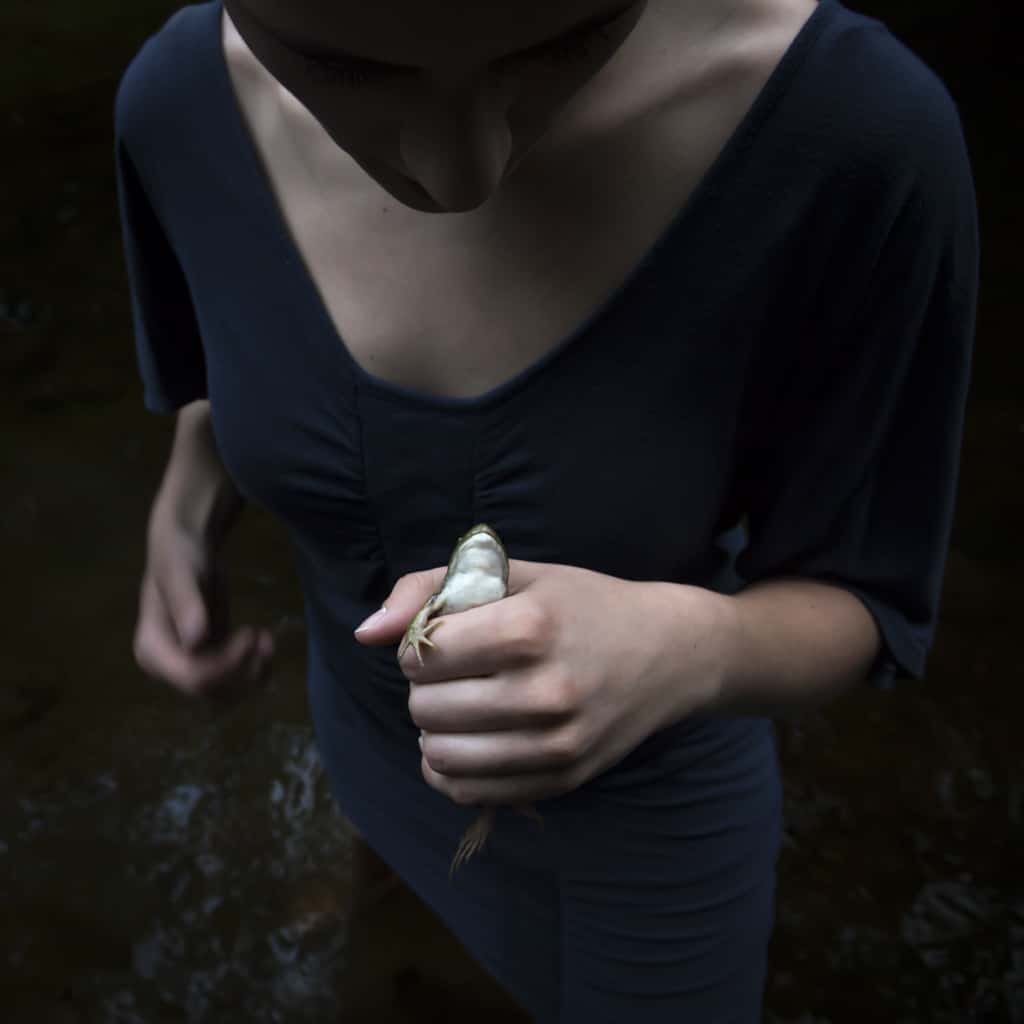
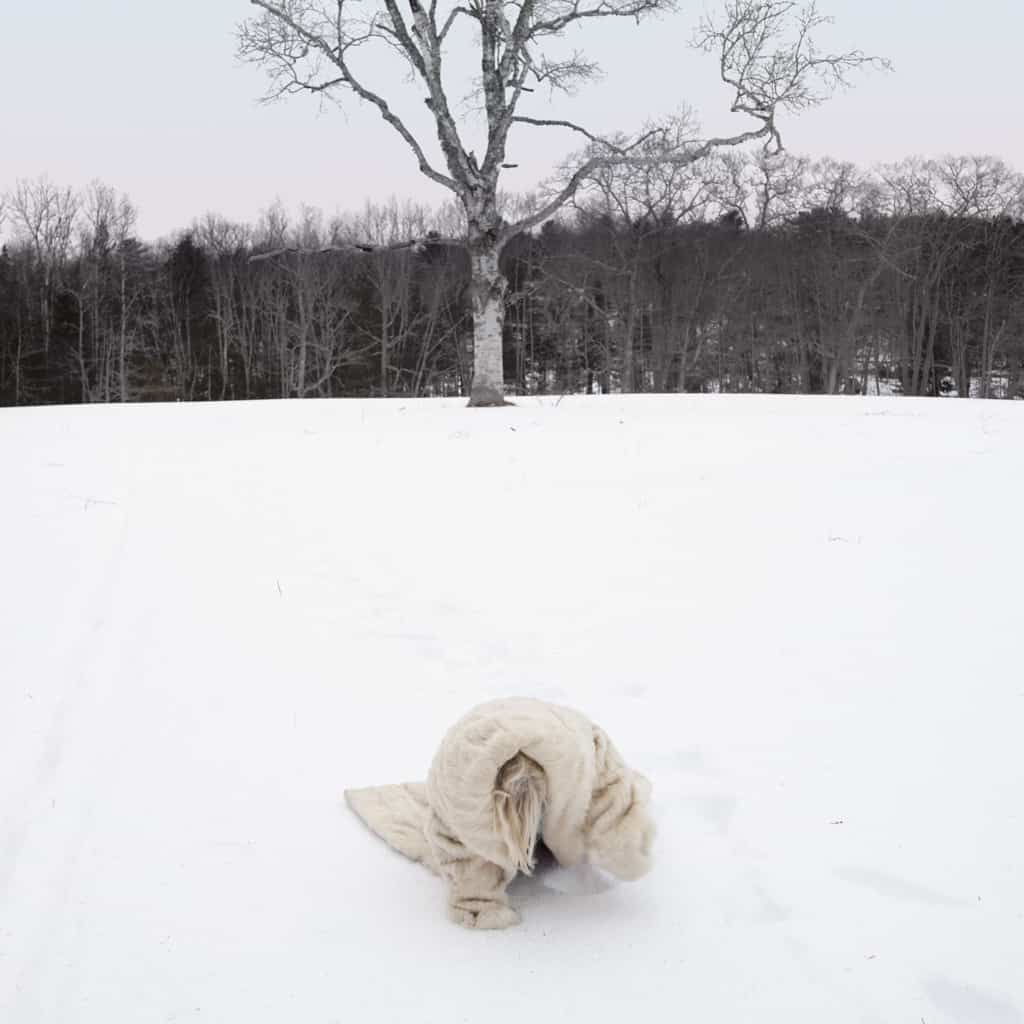
How did you find Maine?
Well, I came here for the Maine photographic workshops, in a village on the midcoast called Rockport, and I just fell in love with it. And then my husband, I met in 2005, he was running the film program, because there’s a film program there, too. We both loved it, and it was just a matter of time before we were back here full time. Have you been out here?
No, I’ve never been to Maine. Boston, I’ve been to Boston, that’s the closest I’ve been. And I’m kind of a townie, I don’t leave town all that often.
But if you look at your work, I’ve seen some of your stuff online, it would make sense. That’s where you draw your inspiration from, the people you meet.
Definitely.
I photograph the landscape, I photograph people, too, but they’re friends, family, and it’s always, typically always, in a very natural setting with space, even when it’s inside, there’s often space in there.
From what I’ve seen of your work, it doesn’t feel, especially your more recent work, doesn’t feel claustrophobic or small or cramped.
Right. So it would make sense that you live there. Whereabouts in Los Angeles are you?
Hollywood.
Hollywood. So that makes complete sense with your work! You found your place, so it’s fine you’re at your place, and I found my place, though very remote. And that makes sense, for you, social media is this source of inspiration.
Yeah, yeah. People talk about, “oh, I have to unplug,” and I don’t get it, I don’t understand that at all.
Yeah, see? Exactly. I love that, I love that what’s right for you is right for you, and for me it’s different. And it’s when we start trying to do things that aren’t right for our work, that’s when things go wrong, I think.
When you’re in a period where you feel like you need a change, how do you find a new direction?
Hmm. Well, you know, even in the period where I lived in Boston, I’d race to Maine every weekend to make work, so it was a very prolific time for me, I just wasn’t living where I was making. You know, I think because for me, it’s always about the stories behind the work, I feel like there’s always stuff happening. So I rarely feel like I need a new direction, you know. I might feel, sometimes, in the dead of winter in Maine, I’m like, “I gotta go!” I love the idea of making work in the place where you live, and being inspired by the everyday. When you travel, you get really excited, and everything smells different, your senses come alive, and sounds, visuals: everything is heightened. So how would it be to live like that in your everyday, I love that idea, and I try and live by it. Because I think that being more aware of my everyday makes me a better person. And I think that’s what so many of us, I don’t want to make assumptions, you know, we’re very different photographers, what we’re trying to do, we’re trying to bear witness to the world, and our work is this sort of evidence. “We’re here!” We’re all hopeless romantics, most photographers, because we’re all trying to stop time. Say that “this happened, and this happened,” we’re slowing time down. I rarely feel like I need a new direction, but I might feel like I want a different light, or you know, when it’s been winter for months and months and months. So often what I’ll do, because I construct a lot, and I have these mind maps, and I think about the pictures I want to make, but I often just get in my car and drive, too. Let the camera lead the way. Whatever I’m drawn to, there’s a reason for that. I went to Russia in 2014 to just change it up a little bit, make work. So I will travel occasionally just to sort of break up, visually, what I’m seeing.
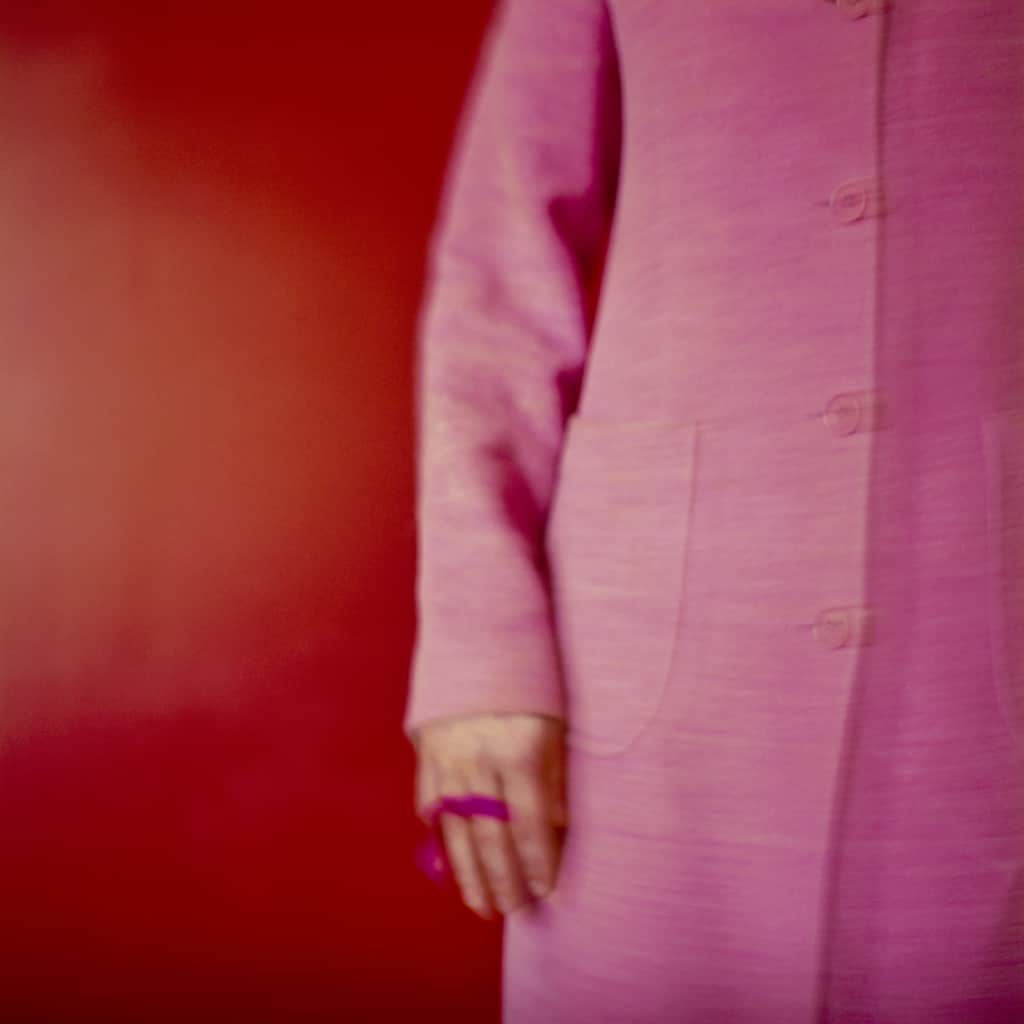
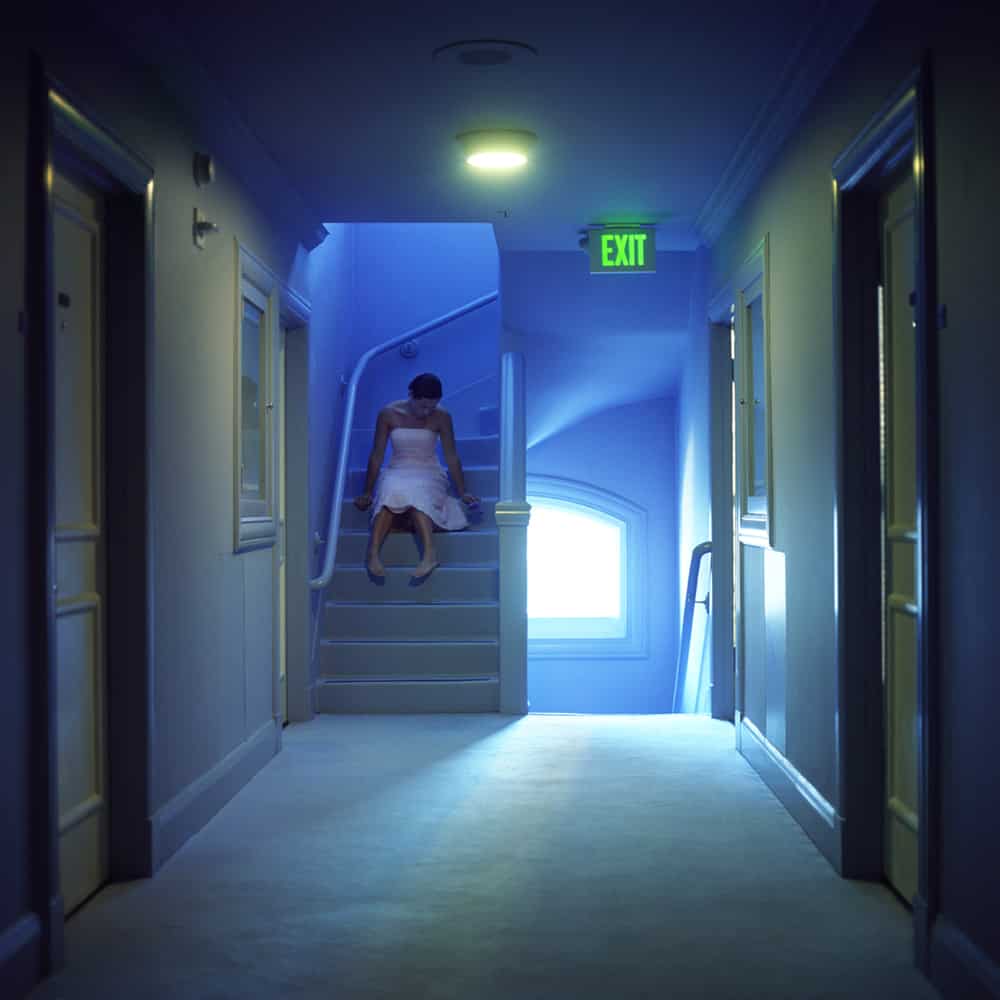
What kind of differences did you see from your work in Russia?
Well that’s the beauty of it. I have family, I’m busy, so it’s nice to go away and have really concentrated shooting times, that’s also lovely. My goal is for it to not to look like “oh, I made that in Russia” or “oh I made that in Cuba.”
You’re not making photos about the place, but inspired by your feeling of the place.
Right, or inspired about the everyday, so that’s yeah, exactly. I was in Iceland a couple weeks ago, and I started work a couple days early so I could make some of my own work, because I don’t shoot when I’m teaching. I had this amazing experience with all these birds, and I made some work that I really love, and that wouldn’t happen here. They’re not special birds, they’re just like, a posh seagull.
Here’s a question we ask everyone, though I believe I already know the answer. Do you prefer the process or the result?
Oh, I am really process-driven. But don’t get me wrong, I always know if I’ve got it, I made it in camera, because I’m really interested in photographing what’s real, it’s not that I don’t like Photoshop work, but for me, I try to limit the Photoshop to what I do in the darkroom, the wet darkroom, because I believe that the world is magic, so I have to, my job is to go out and photograph that rather than make that.
Right, you’re documenting the magic.
Yeah, but it has to exist. I can’t just add in those birds. Someone asked me if the birds were CGI, I was like, “what, you’re asking me that, what’s the point?!” For me, it’s about the experience that this does actually exist. So for me, the process is huge, I’m too lazy to get up at the crack of dawn without a camera. I love the fact that the camera gets me up and out of bed, and trying to find these magical pictures, and I have this experience that is amazing. There’s also that thing where the photographs show me so much more. Like there’s one image from the Emergency book where I’m sat in this cave, and I made it on my honeymoon. It was an interesting experience, because I sat there, and it was a self portrait, so I open the shutter, and as my eyes started adjusting to the darkness, really dark cave, so it looked like nothing. And then slowly my eyes started adjusting, I started seeing all of this sort of amazing things in this cave, and there was all this water. But it was only when I got back and processed the film and looked at it, that I saw there was this whole world underwater. If I had gone there without a camera, I wouldn’t have slowed down enough to look at it, and if I hadn’t photographed it, and had this really long exposure, I would have never seen all this. That process is amazing, what photography can bring to our everyday lives, to have this channel. But don’t get me wrong, if I don’t get an image that I think speaks to my experience, I’m sad. I like the product, too.
For you, the photo is a component in what may be this greater idea of art. Because the text is involved, the knowledge of the process is important to the picture, right? That it didn’t require Photoshop, that this was something you captured rather than…
That I experienced.
That you experienced. Because you will construct shots.
Absolutely! Yeah, I do that, too, it’s sort of half-and-half. There’s always stuff to be learned. And I’m not interested in only making the picture that I think I can make, that I can construct. It’s what happens to the magic when you start doing that, like, the look someone gives you that you never could have thought of. Or the way the light fell on them, and created a shadow that became this secondary or tertiary element to the picture. So I construct the beginning of the shot, I gather all the ingredients, right, it’s exactly like cooking, I’ll gather up all the ingredients, got some eggs, some flour, some water, but I don’t know what I’m going to make.
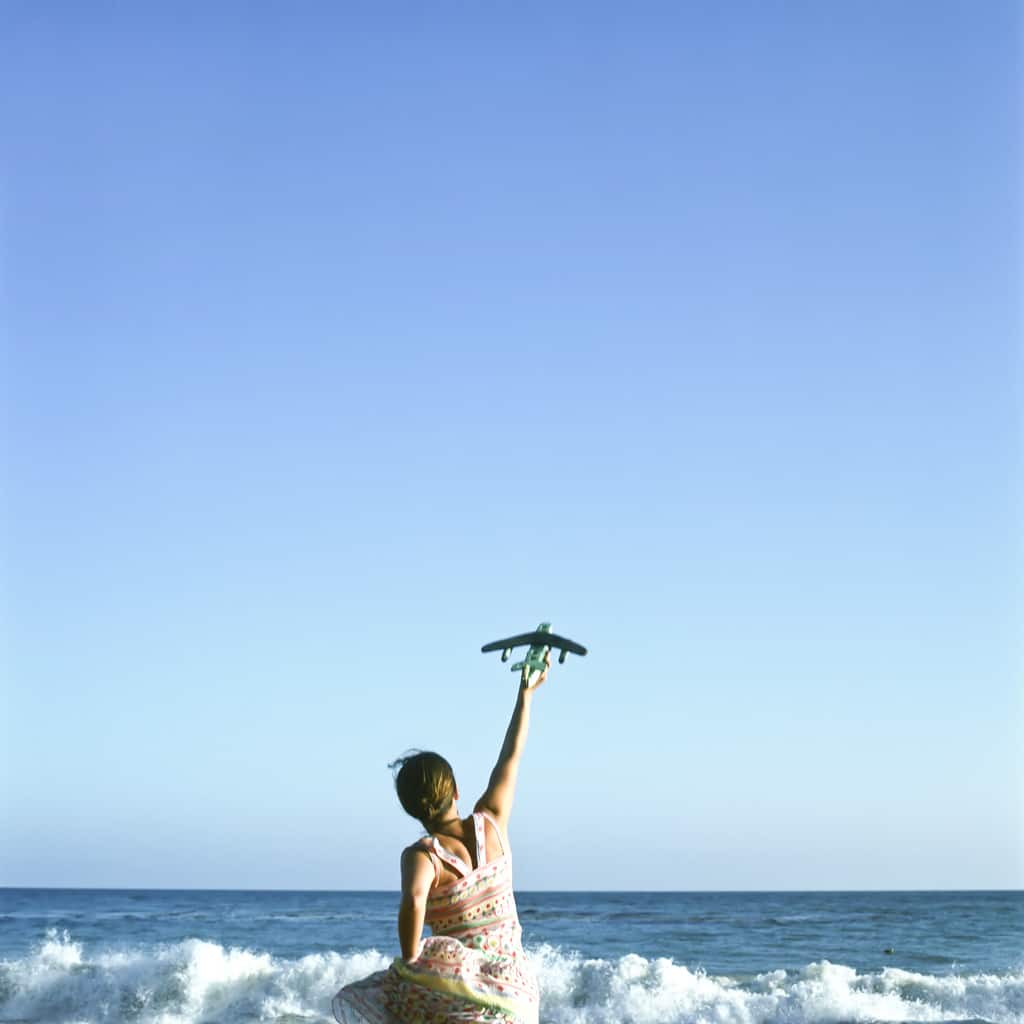
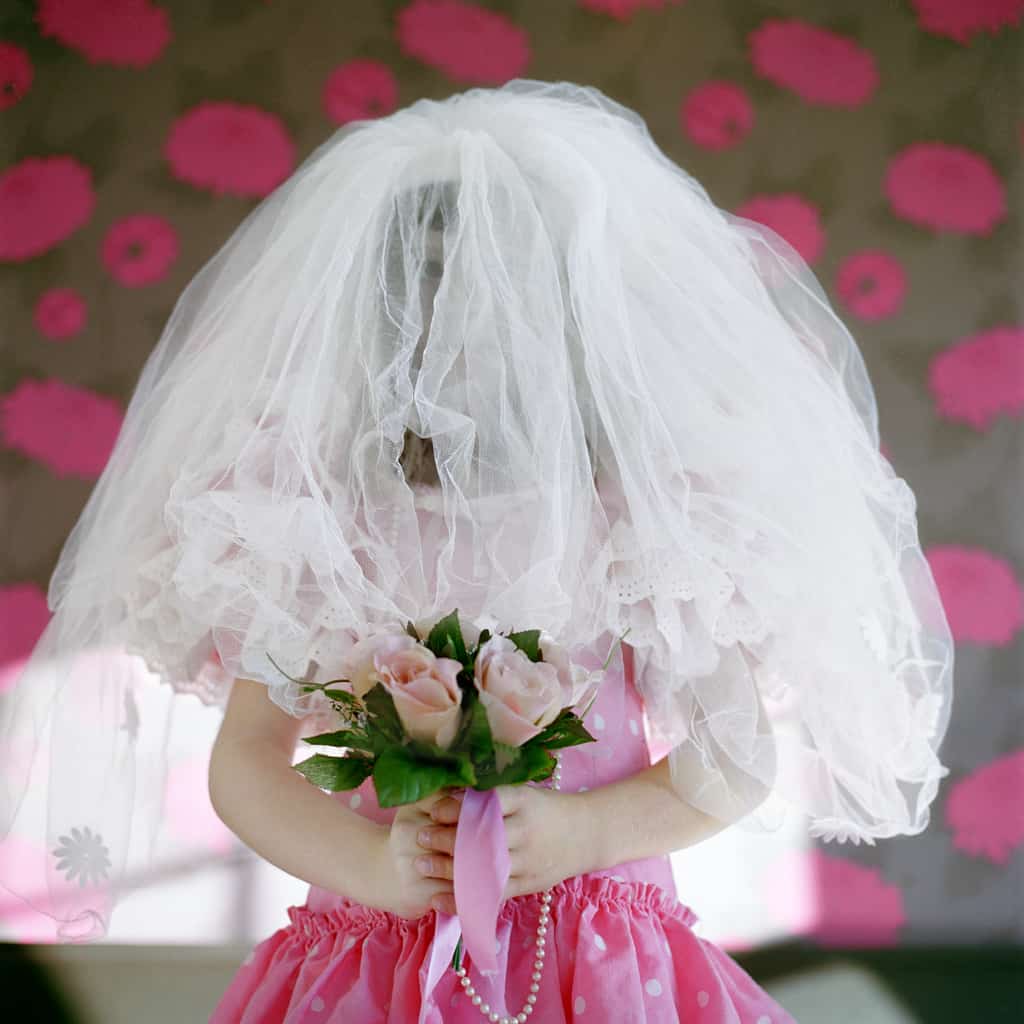
Right.
But I have enough: I’ve got a birdhouse, a girl, and I’m going out at midnight, so I construct it in that way, but I don’t know what I’m going to come back with, I don’t know what I’m going to cook. And that’s the part that I really love.
The element of magic that enters into the process.
The alchemy of it all. And yes, I’m setting myself up for success by bringing someone who I could really make an interesting portrait with. I’m not going out at noon, I’m going out at 7pm or something, and I’m going to a location that I found inspiring. So yeah it’s constructed, but then what happens?
You’re leaving enough space for it, yeah.
Exactly. Because if I only shoot the constructed thing, something I’ve drawn, or something like that, which I’ve worked that way initially, the work felt forced, and not very interesting. How do you work with your portraits?
I get the space, the environment, I prefer to shoot out in the world, and then I’ll get my subject, and then nine times out of ten, just see what happens.
Yeah. And sometimes you don’t get it, but sometimes you get more than you ever hoped for. So if you only go in with this sort of limited thing of what you want, you’ll never be surprised or disappointed.
Exactly.
I would much more prefer to be in either one of those.
Than nothing, yeah. Leave things open, rather than planning what should happen.
That doesn’t work!
Exactly! That’s what I try to tell people!
Should and creativity never work, it ends up, you make things that either are boring or inauthentic, or yeah. Again, if you come back to that idea of what are you trying to say, I say this to all my students and all my talks, the camera is just an expensive pencil: what have you got to say? So what I do, I make them sit down and free write for twenty minutes non-stop. It can’t be edited, you’ve got to burn it afterwards, I literally set fire to it. So it can be as if you’re writing it for your grandmother to see, or someone else, it has to be really from the gut, really honest, and you burn it afterwards. So you write, and you figure out what comes out, and you would be amazed that something really honest comes out, and that you try and assign one word to. One word, whether it’s a date, a name, try to make it not about, don’t make it a broad word, make it as specific word that triggers something in you, and then I’ll have them mind-map it. So you write down…
Yeah, you used that term earlier!
I’ll write down…this is what I do instead of Flickr! I write down the middle words and nouns and weather and light and focus and palette and what would be the landscape of that word, if that word was an animal, what would that be. I just try and sort of create visual things around this deep gut thing. And then, you have to take one of the nouns and one of the verbs…you take one verb and one noun that don’t go together, so say you had ‘fire’, ‘fire’ would be your noun, and the verb would be ‘flying’, okay? So they don’t go together, and then you have to make that picture. So what happens then, whether someone is breathing fire, or you’ve set someone on fire, in a good way, or you throw something, then you have to create a picture around two things that don’t go together. So there’s something about how that starts unleashing all these different ideas around something that came out of you.
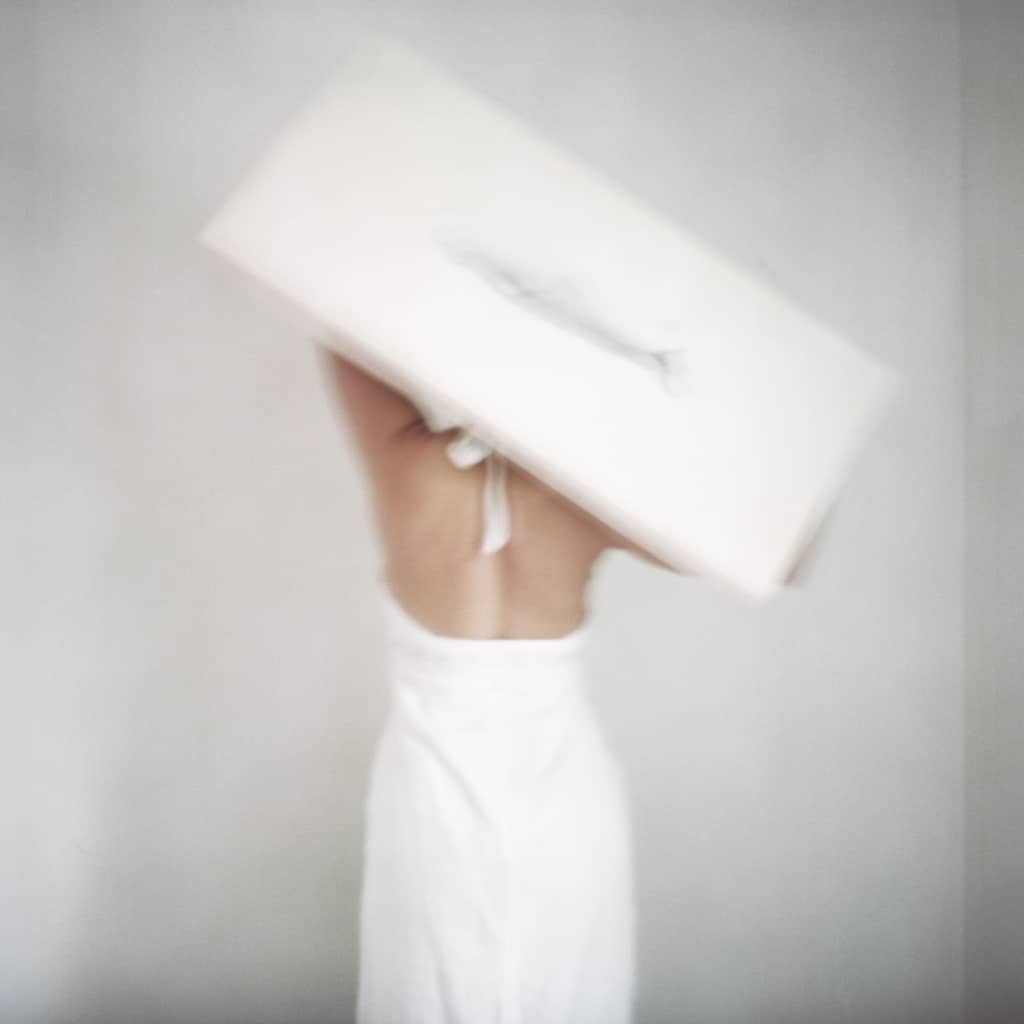
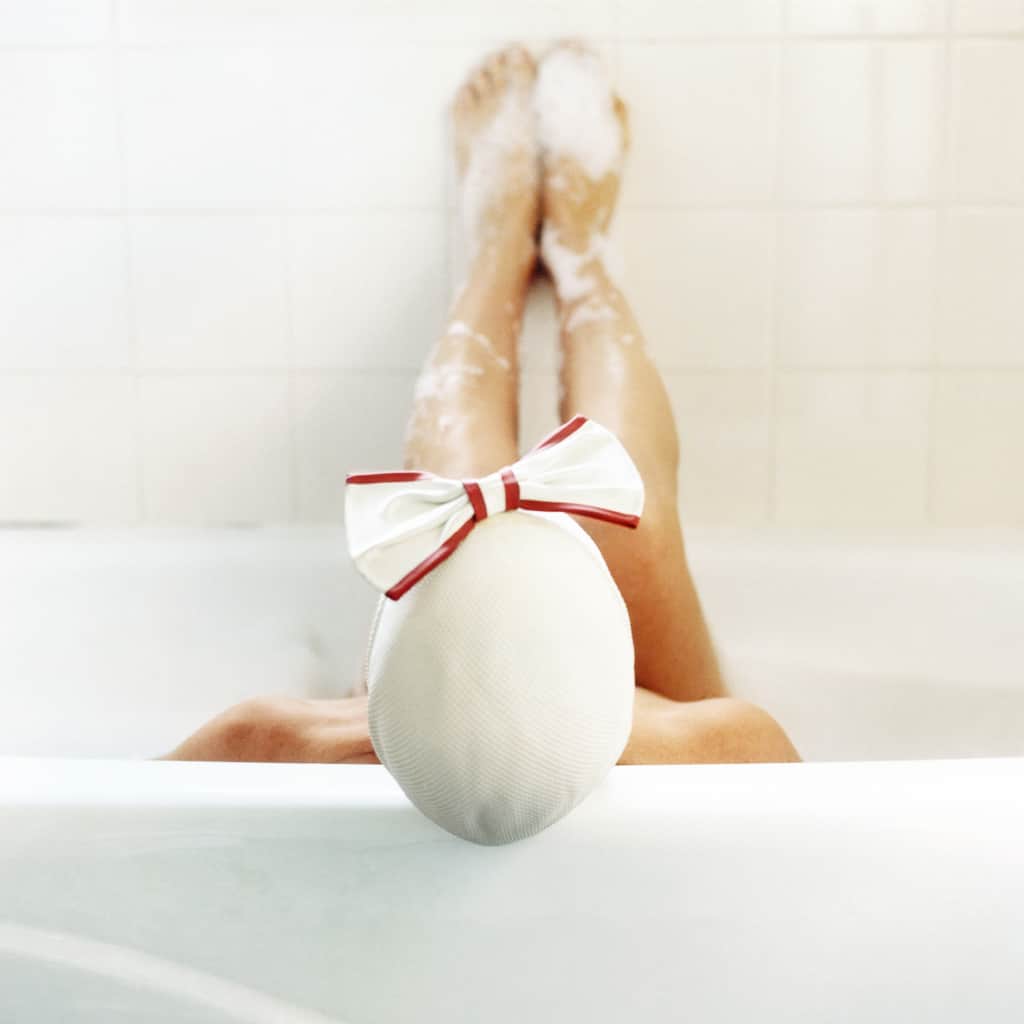
How did you discover mind-mapping?
I had a teacher in grad school who used to make us, he’d call it “Blue Sky-ing” Brendan Hamilton, he’s a wonderful teacher, this whole idea of bringing things, pulling together things that don’t go together, because sun, and sun-setting, is not interesting, right? It’s boring. But it has to have, in most photographs, it has to have some type of push/pull.
A tension.
Yeah, something that sort of is questioning or not quite right, or something that, something that’s not perfect. You definitely have that in your work, that juxtaposition, almost.
Why do you think that is? Why is that tension necessary to a really good photo?
Because then you read it. If you understand it immediately, then you look at it, and it’s done. Where in art, it demands time of the viewer, and everyone likes to feel smart, so if you’re like, “huh, why is that…?” There’s a sort of listening aspect, like a rapport thing, where you don’t quite understand something. Sometimes it can be someone’s look, the way they stare at you, you don’t understand it. It’s not always a flying shoe, it doesn’t have to have something crazy, but if it’s just a beautiful girl looking beautiful on a beautiful set, it’s not that interesting, right?
A really good photo requires more time to process.
Right, it requires something a little bit difficult, and that can be for a juxtaposition.
I’ve noticed, I’ll look at through our stream, and my mind slides off of many of the photos.
Because you get it, nothing is arresting you, stopping you, because you don’t understand it, it’s demanding time of you. If you get it, you move on. I always feel like form and content have to come together, formally it has to speak in the way that brings the content together, so it’s those two aspects. I feel completely strongly about the sort of, the bringing together of unexpected unions.
Creating that kind of tension and push and pull.
Often ways, I photograph my daughter, she’s a part of my work, probably a fifth of it, something like that, but I’m not interested in pictures of her when she looks like a four year old, I’m interested in pictures of her when she looks like a forty year old. Because then that’s an interesting photograph, otherwise it’s just a cute picture of a kid.
Right, and you slide right off it.
Yeah, or you have a beautiful…you must experience, where the look is something disturbing, or there’s a questioning, so it doesn’t always have to be a juxtaposition of objects, though that can work, too. Or maybe it’s the weather, or just something that interrupts our daily expectation, especially with you, you see so much work, I mean it has to be something that surprises you, right?
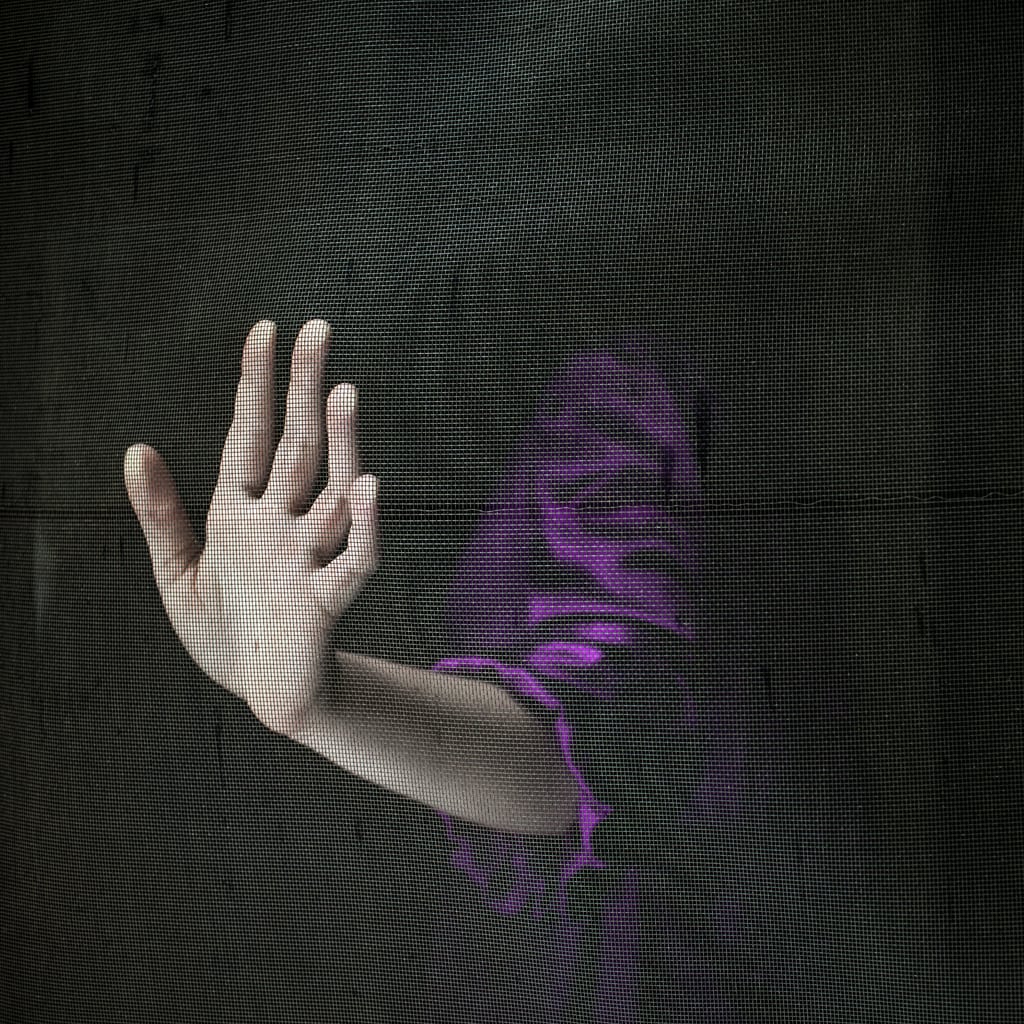
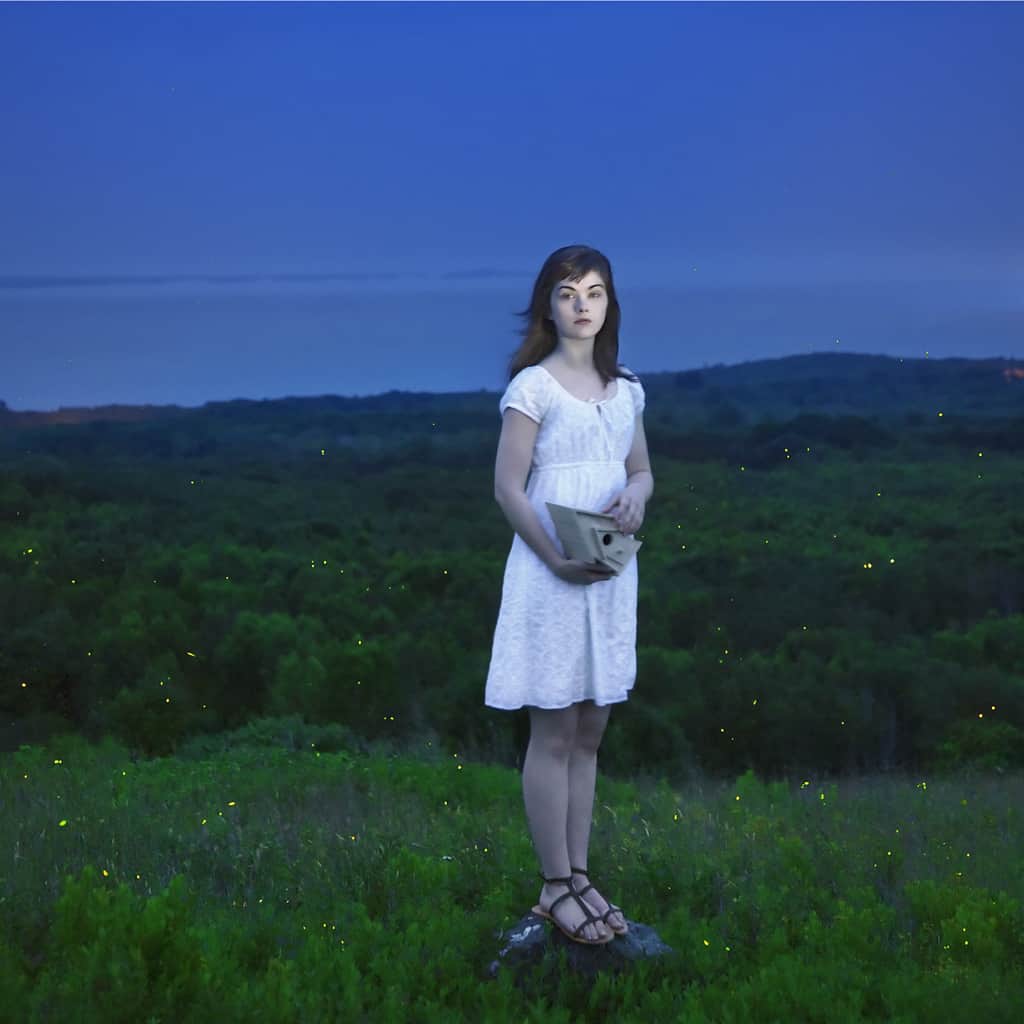
Yeah, those are the people we contact for essays, you know, the Instagram takeovers. I’m beginning to sort of see a through-line of the things that I haven’t been able to articulate, but that draw me in: the tension of Gregory Crewdson, the unease of Chris Buck, you know. More than just a glamorous photo, or an attractive photo. Those are the things that don’t really appeal to me.
Exactly. Or something that feels, another thing I’m searching for, and I can’t find the juxtaposition, is something that feels so out of this world, it’s almost not possible it’s part of this world.
Right.
That’s my job to go and find that. Crewdson also has… the language, the form of his photographs, the light is that twilight where anything could/something just happened here.
Slightly…mysterious, but also kind of preternatural, but tension. And I have seen people who emulate his work, but what they don’t understand is the tension. It’s that tension, I think, that really makes his work stand out. He’s always got this push and pull between these various, either thematic elements, or visual elements.
Right, sort of ubiquitous houses, suburbia, middle-class everyday place, and yet, they feel like they’re the last person left in the world. And that, that’s again, that’s a push/pull, there’s family dynamics that are around, but everyone feels like they’re so lonely. So that question is what’s so great about his work. The light, too, how he constructs those, that’s an interesting part of it, but the end result is…what I love is also this idea that, we’ve all seen those moments, we’ve all driven down those streets at that time of day, we’ll experience that occasionally, so it’s not the everyday, but it’s something familiar.
It’s familiar and alien at the same time, another push and pull.
Yeah, exactly. Exotic.
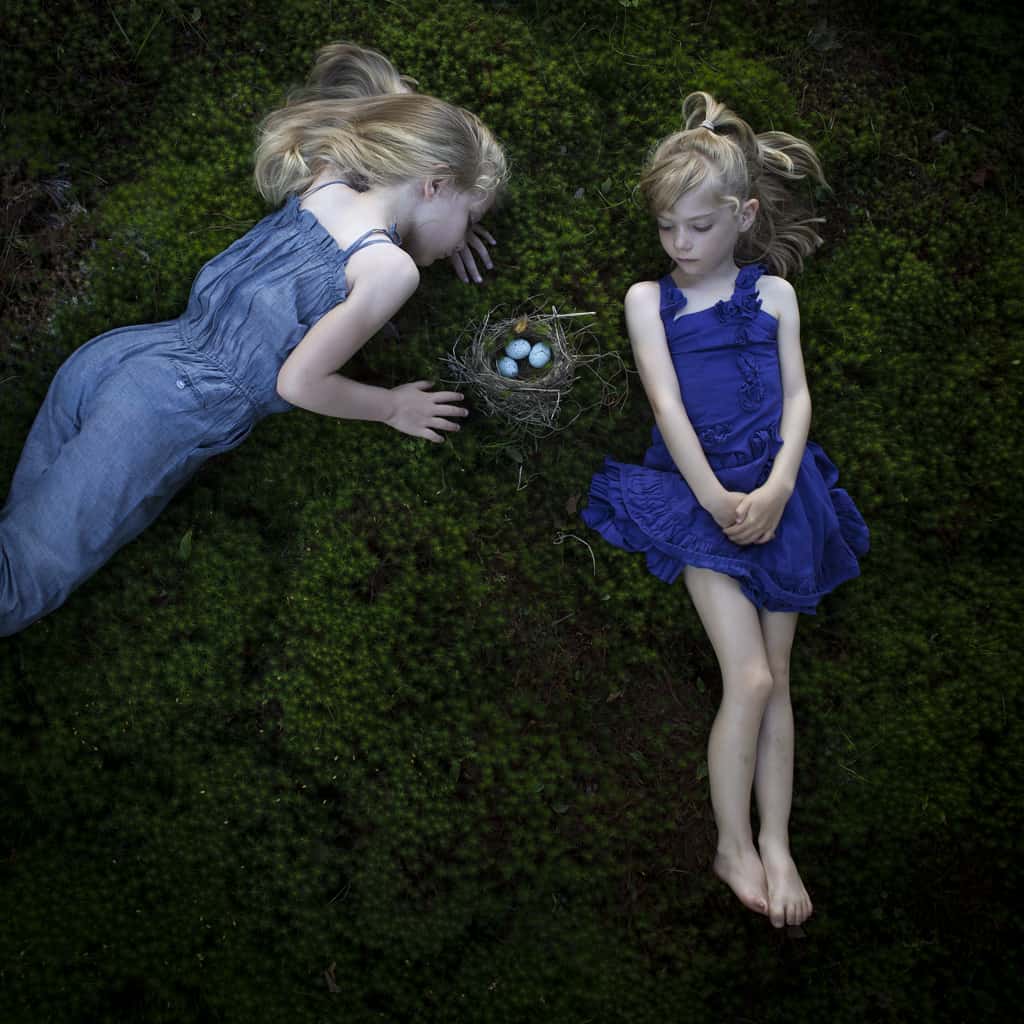
Now that we’re talking about it, I see that in your work, as well. Where the composition seems very friendly, and inviting, but something about it, not off-putting, but …supernatural.
Yeah, and I think my new stuff that I haven’t really released yet, I feel that is come, is sort of even more prevalent. I feel that is coming through even more. I was in this horrific car accident last year…
Oh!
They were texting, drove straight into me.
Into your car or into you?
Yeah, into the car, sorry, I was in a car, and he was in a car. But it was a really bad car accident. I was going through a green light, and he drove straight into me very fast, and he was accelerating…
So you were T-boned?
Yeah. It was, both the cars were written off, and I had this moment where I thought I’d lost my legs, because the car came forward…it was smokey, I didn’t realize it was so smokey, I didn’t know if the car was going to blow up, it was a terrible accident. I had never been in a car accident before, and I was just driving back from the dentist, on my way to pick up Scout, and that for me was so…that moment of how things can change, and how quickly things change, and how this world is so exotic, but also sort of terrifying. And that really affected me, and it’s made me seek out these things in the world that take my breath away, even more. That’s what I’m trying to do.
Wow. Are you okay?
Oh, yeah, that was the crazy thing, I walked away, I was totally fine.
Oh thank god.
It wasn’t my time, you know. I was wearing my seat belt, I had a good car, even though it was written off. The engine went down and underneath. My legs were black and blue and stuff, but in a crappier car, I would have been in trouble. Point being, is that these things happen all the time from one minute to the next, the blink of an eye, and how things change. So for me, it set me on this path of, there’s two ways to look at life, right, and I’m really seeking out, trying to sort of catalog this magic right now.

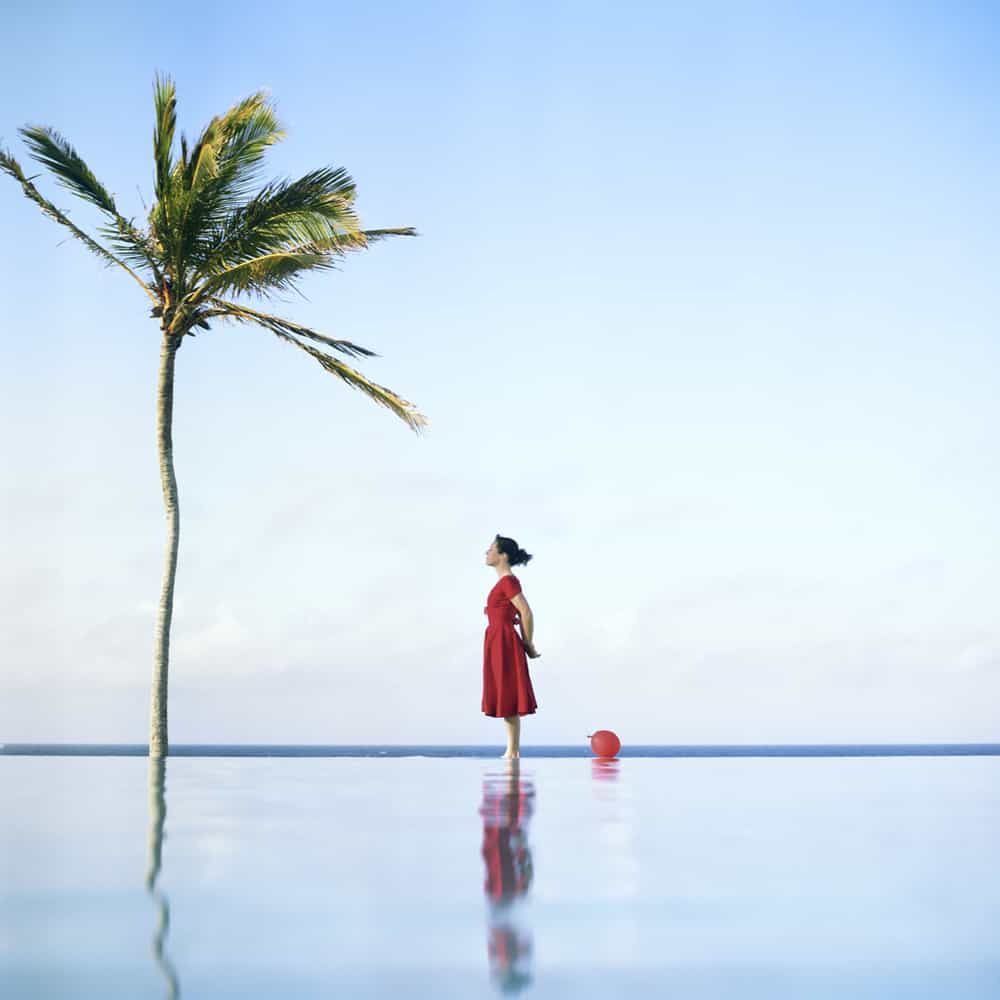
I guess to kind of lock it into a question/answer: how do you feel that car accident effected the work?
You know, I feel like I already had…I didn’t need that lesson, I was already someone who really appreciated the everyday, and made work about the everyday in a way that highlighted the everyday and shine a light on the everyday, so I feel like I didn’t need that lesson, but it’s pushed it even more. I feel compelled to seek out and find in the world this magic that causes us all to slow down. It’s very hard for me to talk about brand new work, but I want to, because I do think that it’s really important for me, and it did change me, but I can’t quite give you a great sentence that says how.
Because you’re still in it!
I’m still in it, other than it’s made a sense of urgency to work even more.
Thinking about how you’re talking about this new work, do you look at your books as kind of putting the period on the end of a section of your artistic career?
Well yeah, that’s a really interesting question, and I love how you sort of brought it back to the book, because this book, the work that I’m working on right now, that might be an artificial artifice to sort of put around it, because at the end of the day, when you make work that’s an on-going thing in your life, when is it over?
Right.
It’s not over on a Monday, on an August day! So you have to put these parameters on it, otherwise you would never publish, it would always be…you’re always working, it’s never over. So I think I probably do do that. For Emergency, I stopped it as I was pregnant. And then Gardening was really about buying a home and having a kid, what that did, so that felt like a natural way to put an arch and a story around this particular group of images. And then the car accident was so profound, I couldn’t speak for weeks, that’s one thing it did do. I literally could not speak.
Mute!
All I could do was walk the woods. It was so interesting, because that was the only place I felt safe was walking deep into the woods where I felt I was completely alone, and that cured me.
Oh wow. How long were you without speech?
I don’t know, I mean, I could speak, it wasn’t that I couldn’t speak. My voice worked, but I didn’t have…I couldn’t…I was so full of emotions, I guess I didn’t know where to start, or what was happening, I just closed up. So it does feel that that was such a profound thing that happened, that going out and making pictures again fixed me. But I do feel like that is the natural arch of this next book, that the seeking and appreciating the everyday moreso has been sort of the subtext of the new book. So far it’s called Tying Magic to the Tree, but that might change. I’m in it right now, which is good, it’s a good place to be.
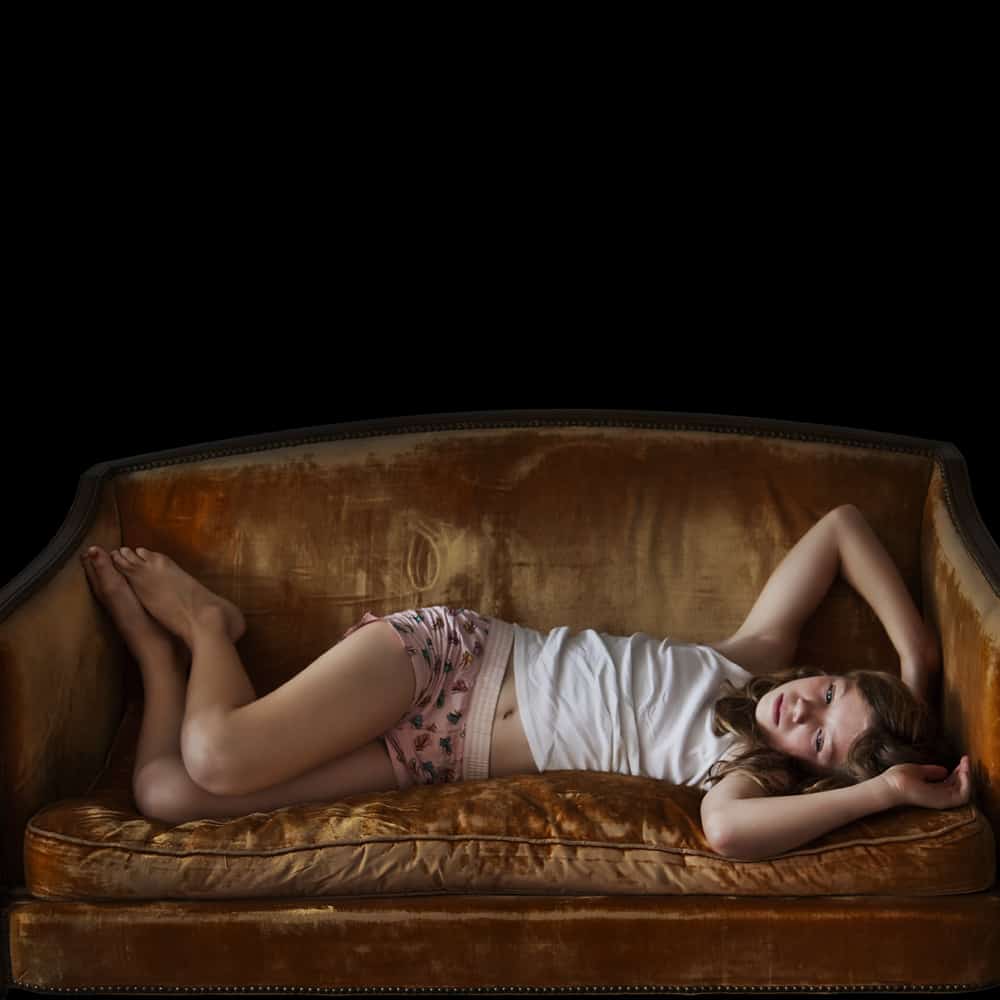
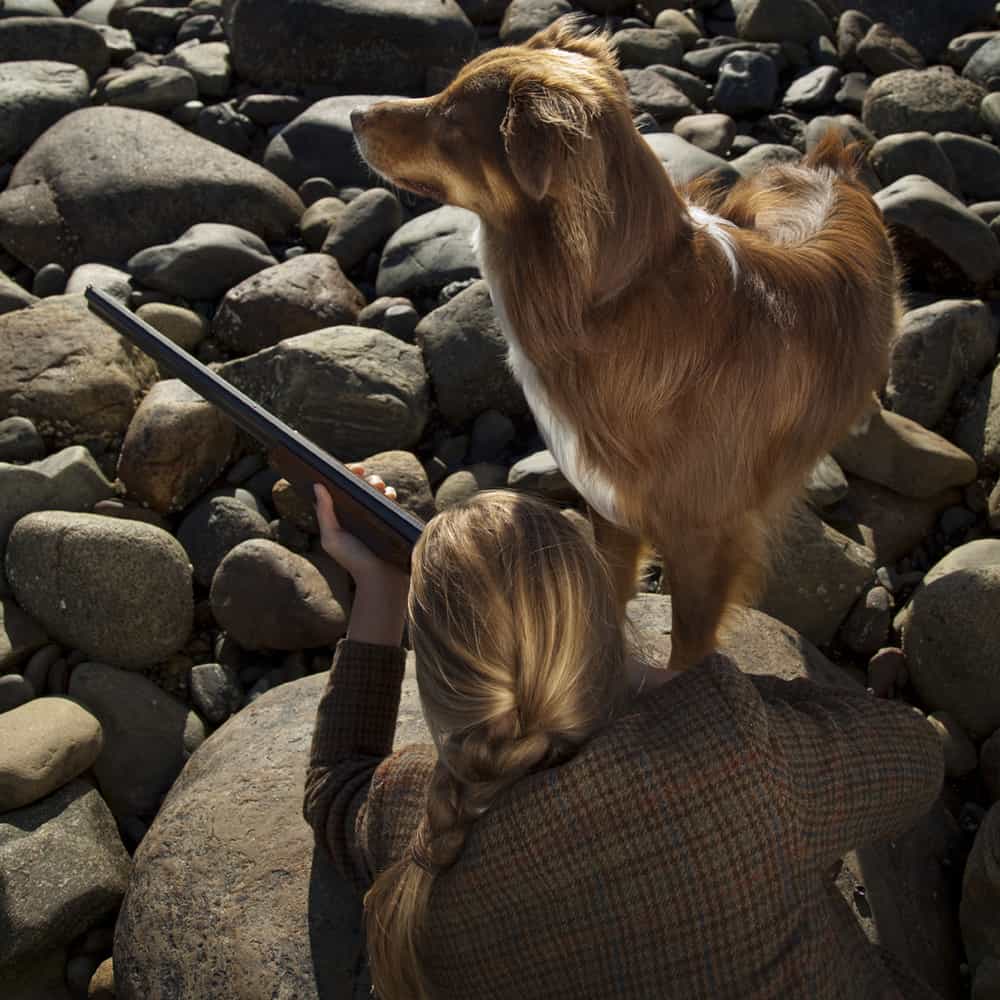
Because I guess it’s kind of hard to see from the outside-in, is most of your life the fine art or editorial or commercial?
It changes, and it has changed throughout the years. Every commercial job, and I’ve had some really good ones, I’ve been lucky enough to say, has always come from that art buyer or editor seeing my personal work. So I get hired to do one of these mind maps for every job I do. I do! Whether it’s a new condo development that’s happening, or a clothes line, I’ll brainstorm, find out that middle word, and figure out then all the things that that person who’s having the lifestyle, right, would do, so you know, I do commercial work, but my first love is fine art. And I find commercial work very creative, but there’s something beautiful about fine art, that the only thing it’s trying to sell is the idea.
Right, oh yeah.
It’s not trying to sell anything else, and there’s something really beautiful and pure and fulfilling, and very rewarding, but that doesn’t mean to say that…commercial work is also very rewarding for me, but in a different way. So I’ve gone through phases where some years have been very busy commercially, other years less so. It comes and goes. I live a simple life in Maine, my mortgage isn’t crazy, so I can weather those storms quite well. The way I think about things is a bit like the early questions, I just have to go back out and make pictures, it doesn’t matter what’s in fashion in fine art, or what’s changing, or if I haven’t been hired commercially. My job is to go out and make pictures. And as long as I’m doing that, then I’m doing my job. And hopefully, they’re selling the art, but that’s the gallery’s world, or hopefully my agent will get me work. My job is to make pictures, and that’s what I always come down to, and that actually gives me a great sense of reward and peace, because that’s my job, and to not get too distracted with all the other stuff.
Right, and I think that’s a perfect ending place!
Great, I really loved chatting with you!
Oh no, thank you, this was fantastic! This was excellent, thank you so much.
